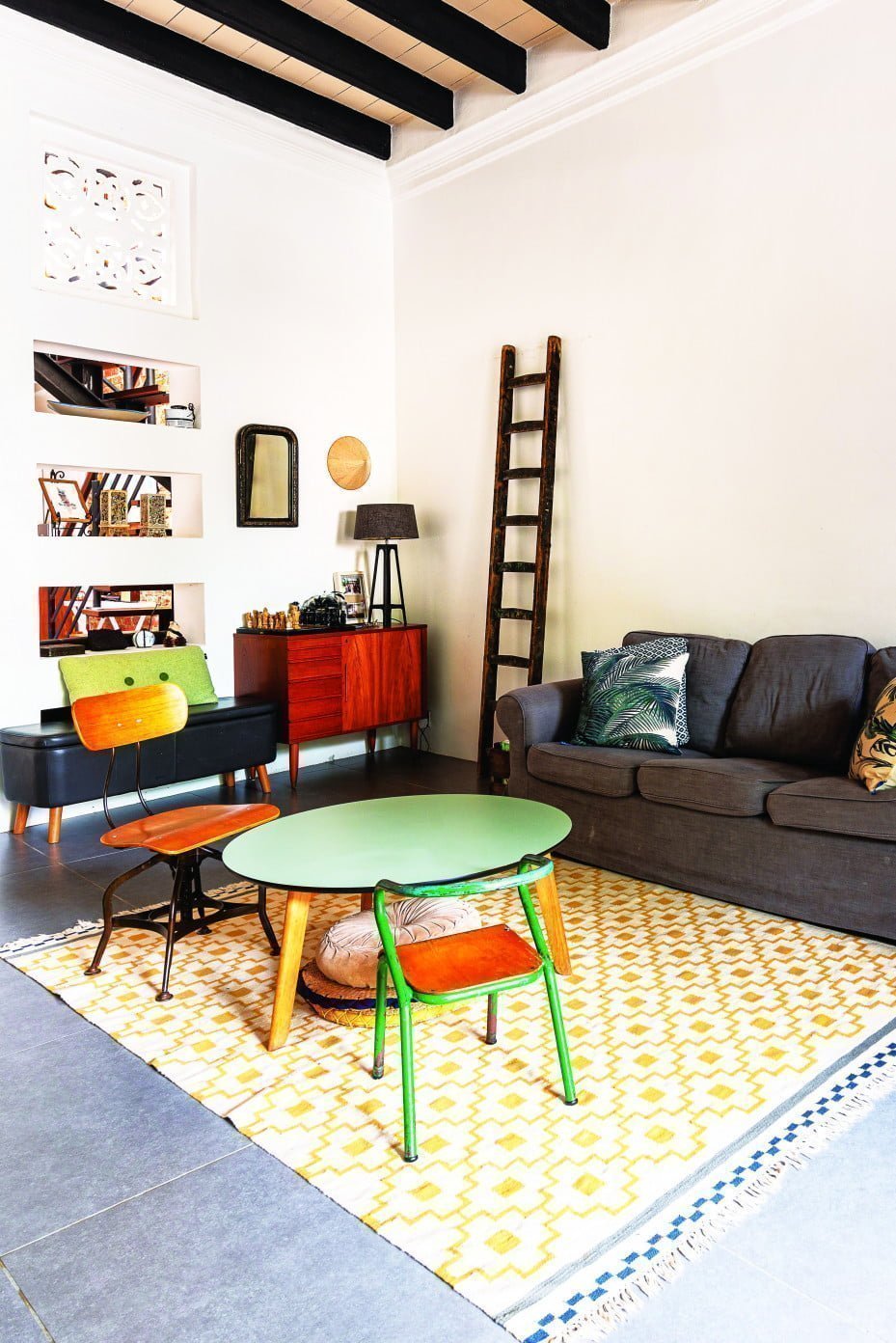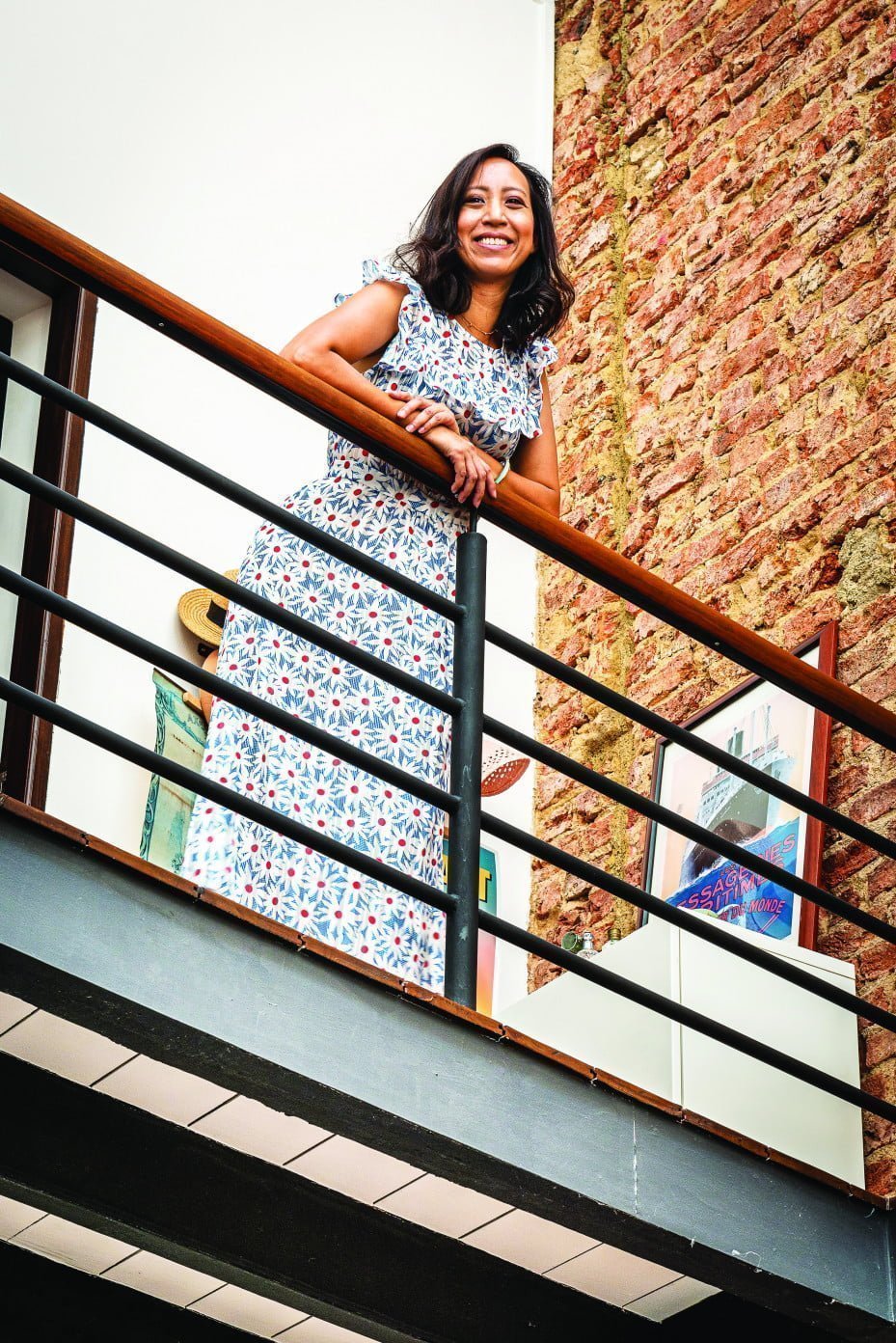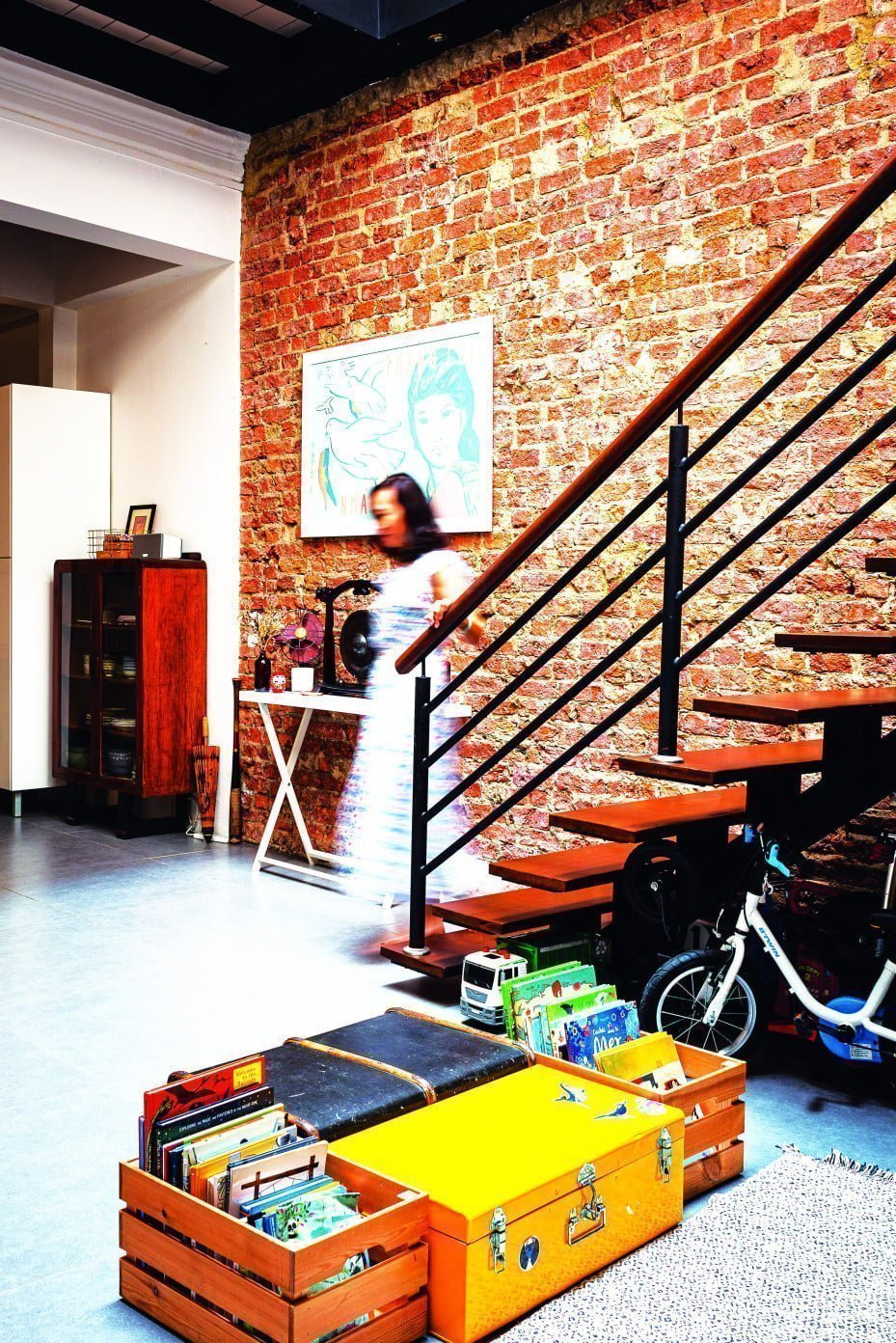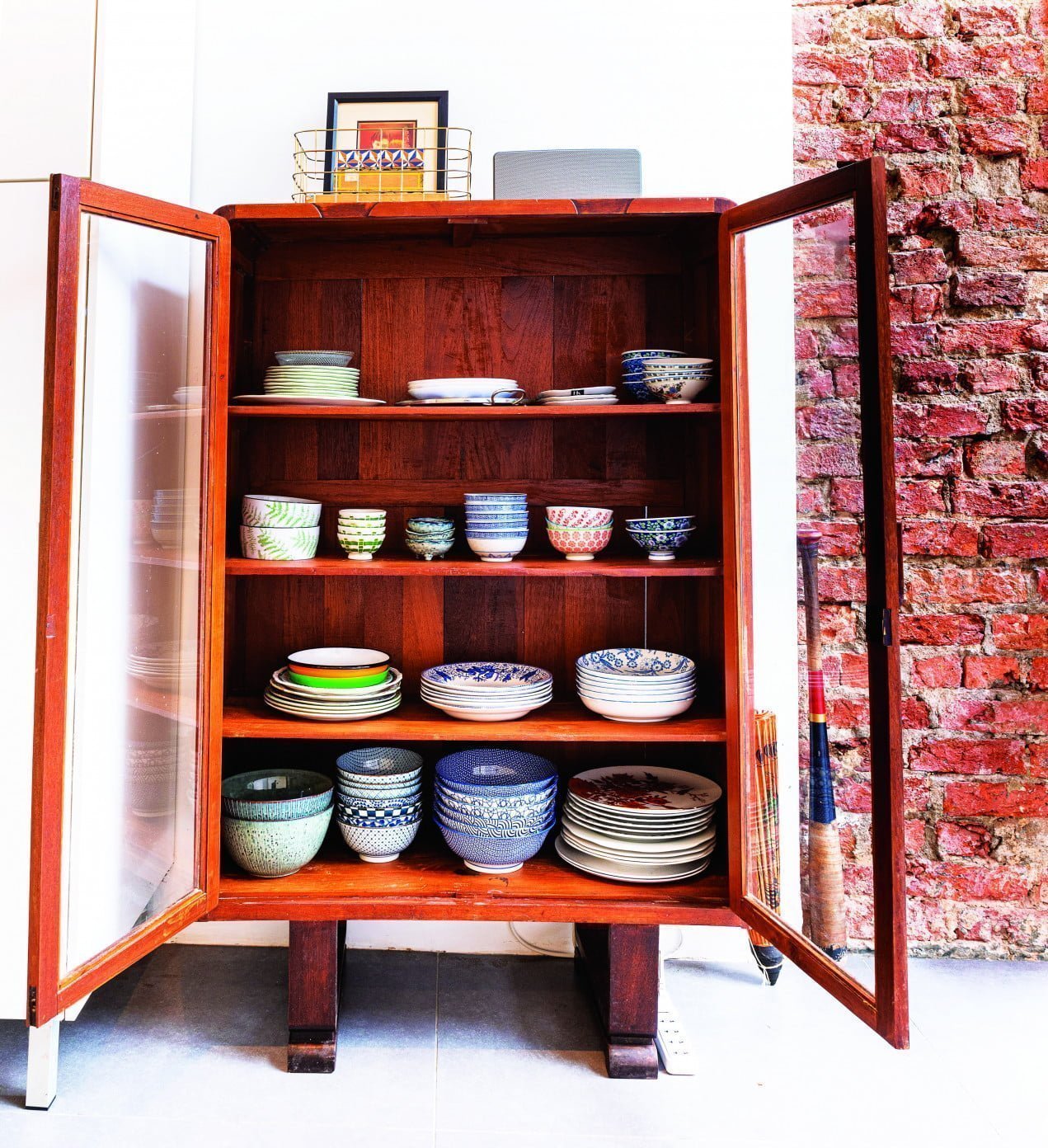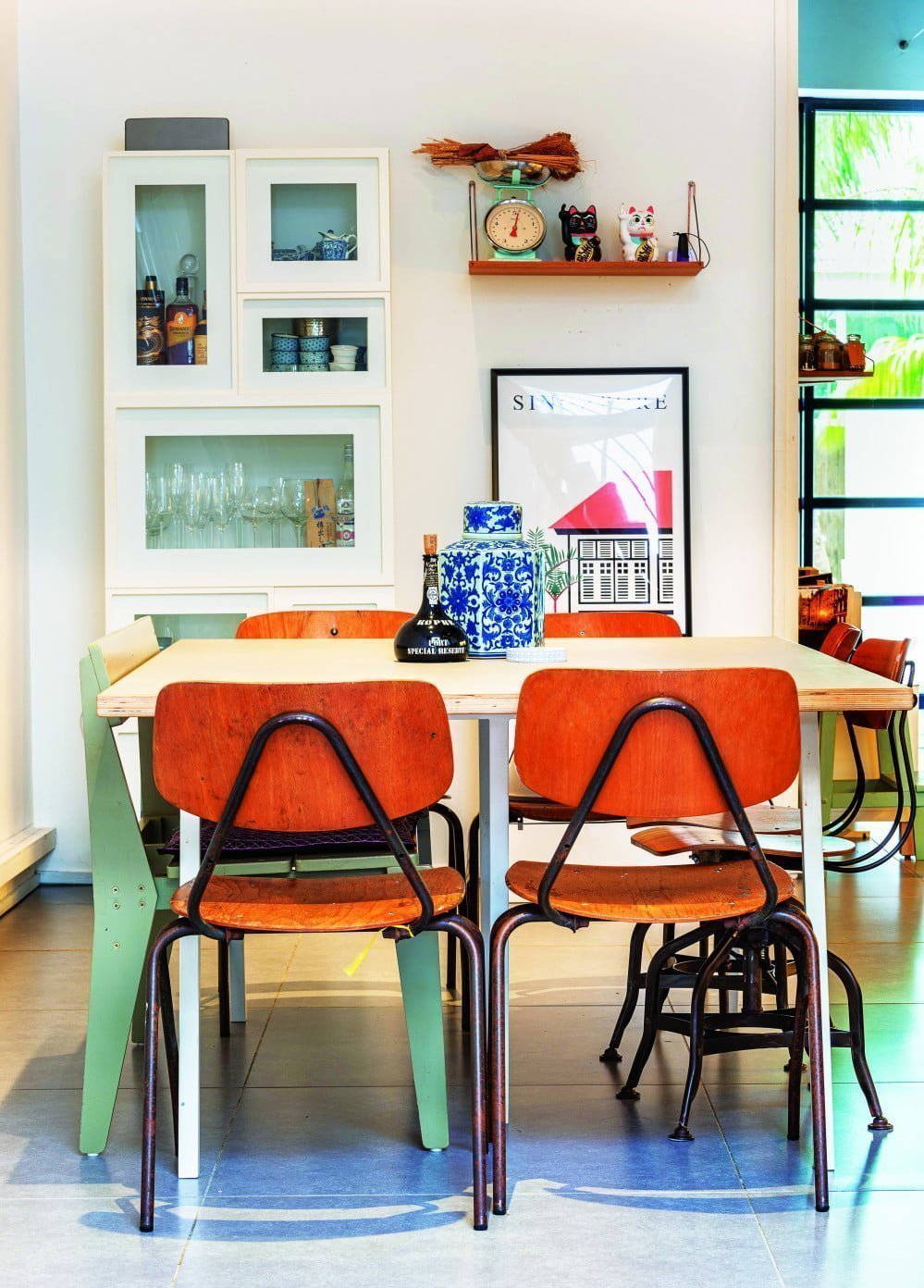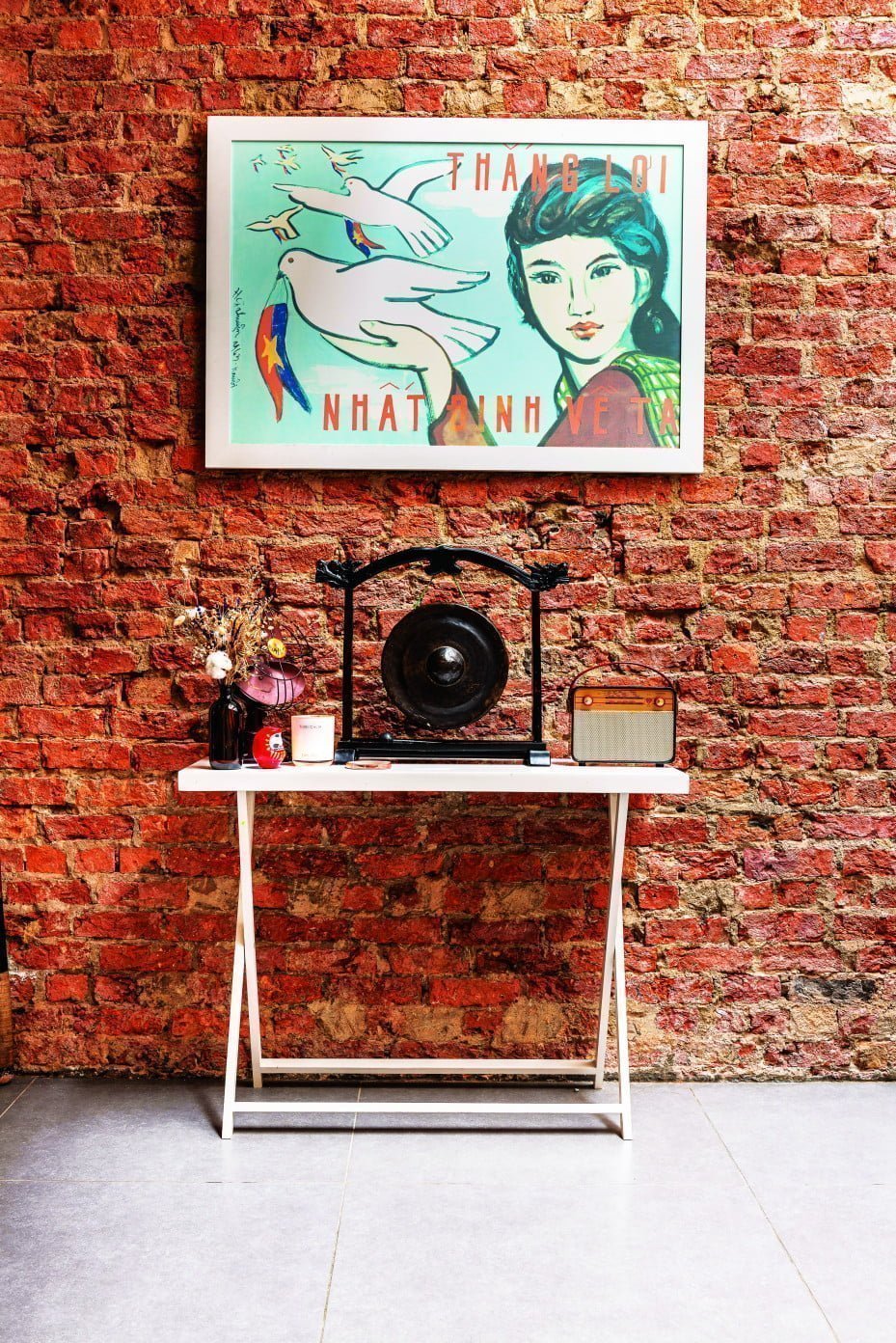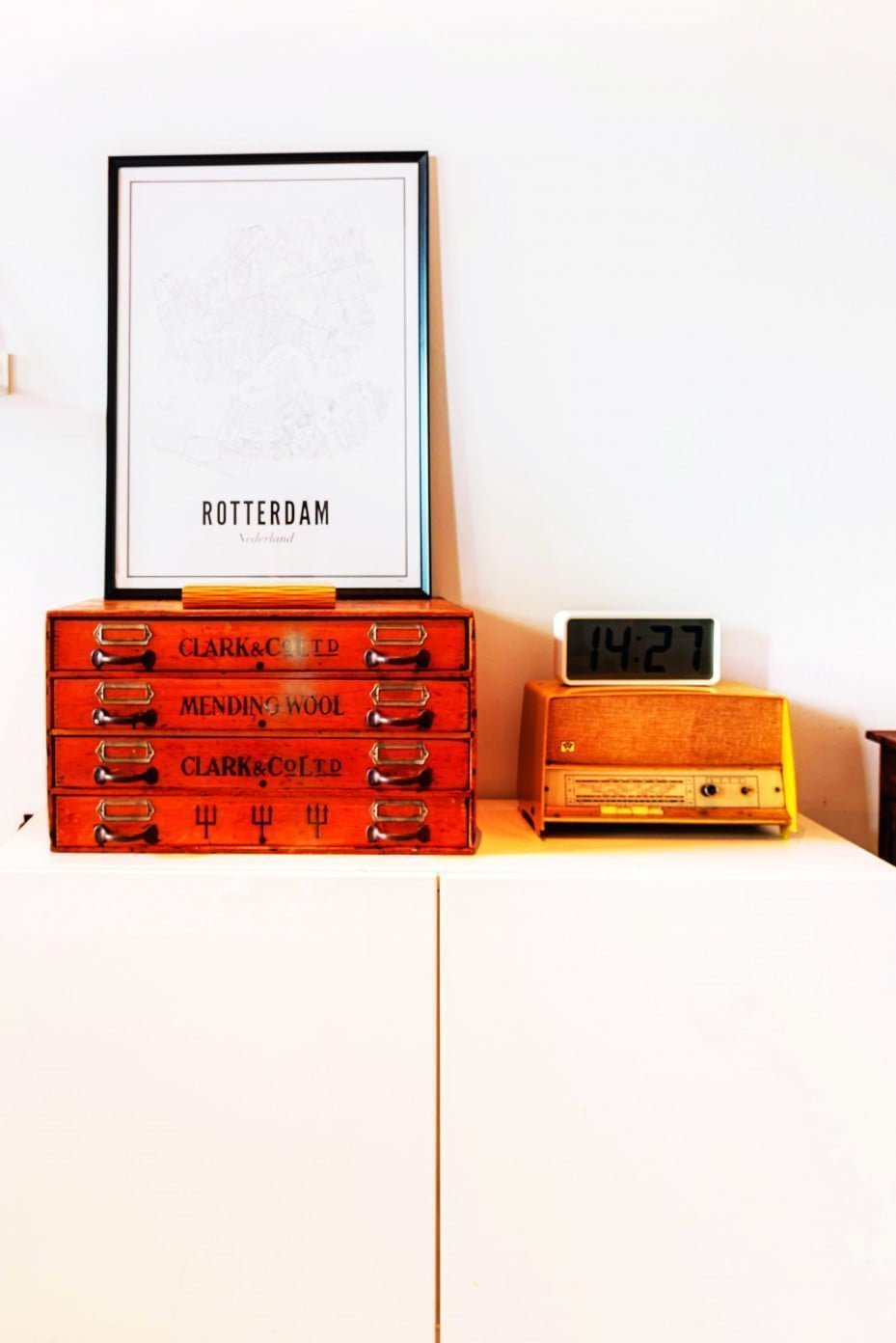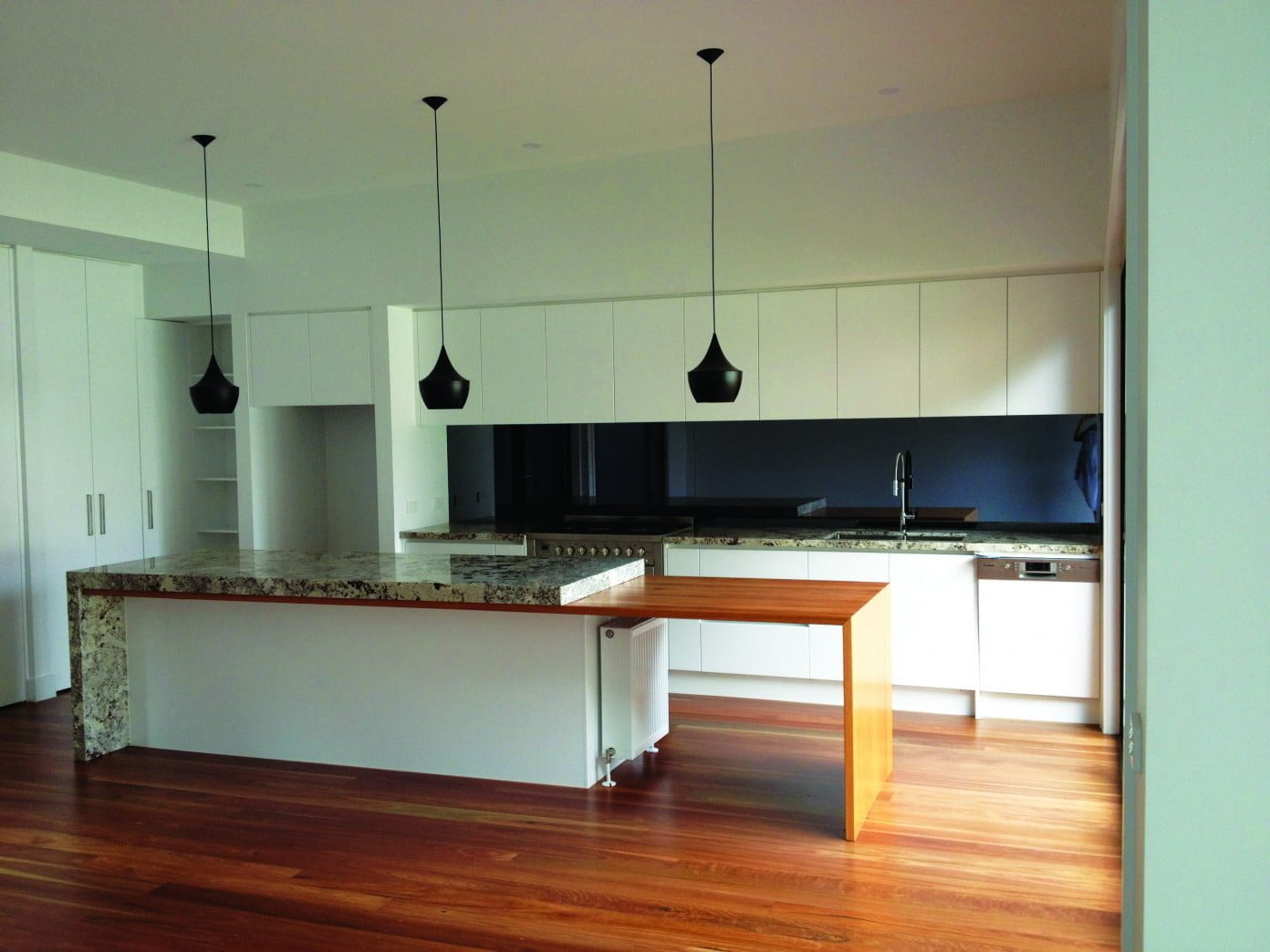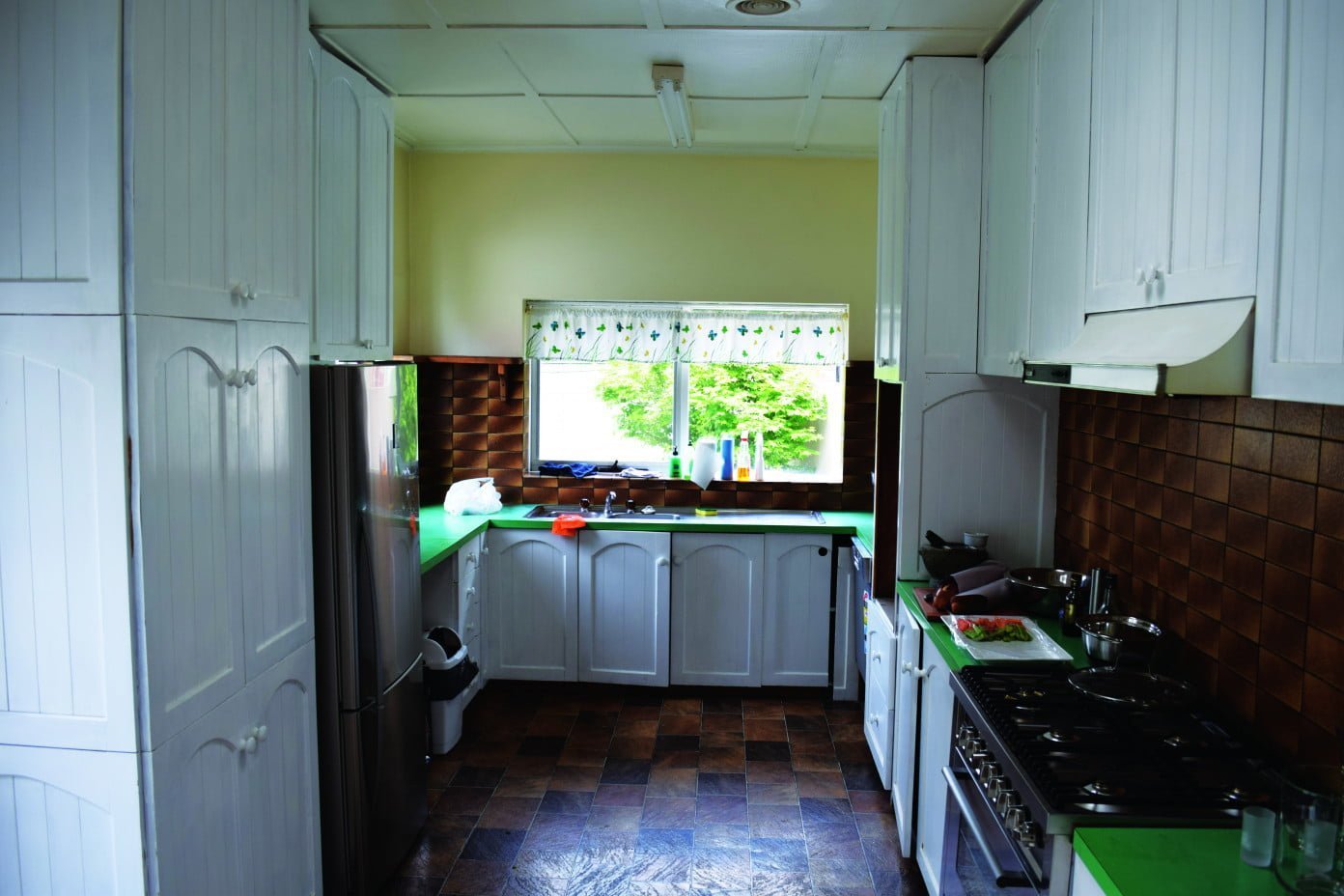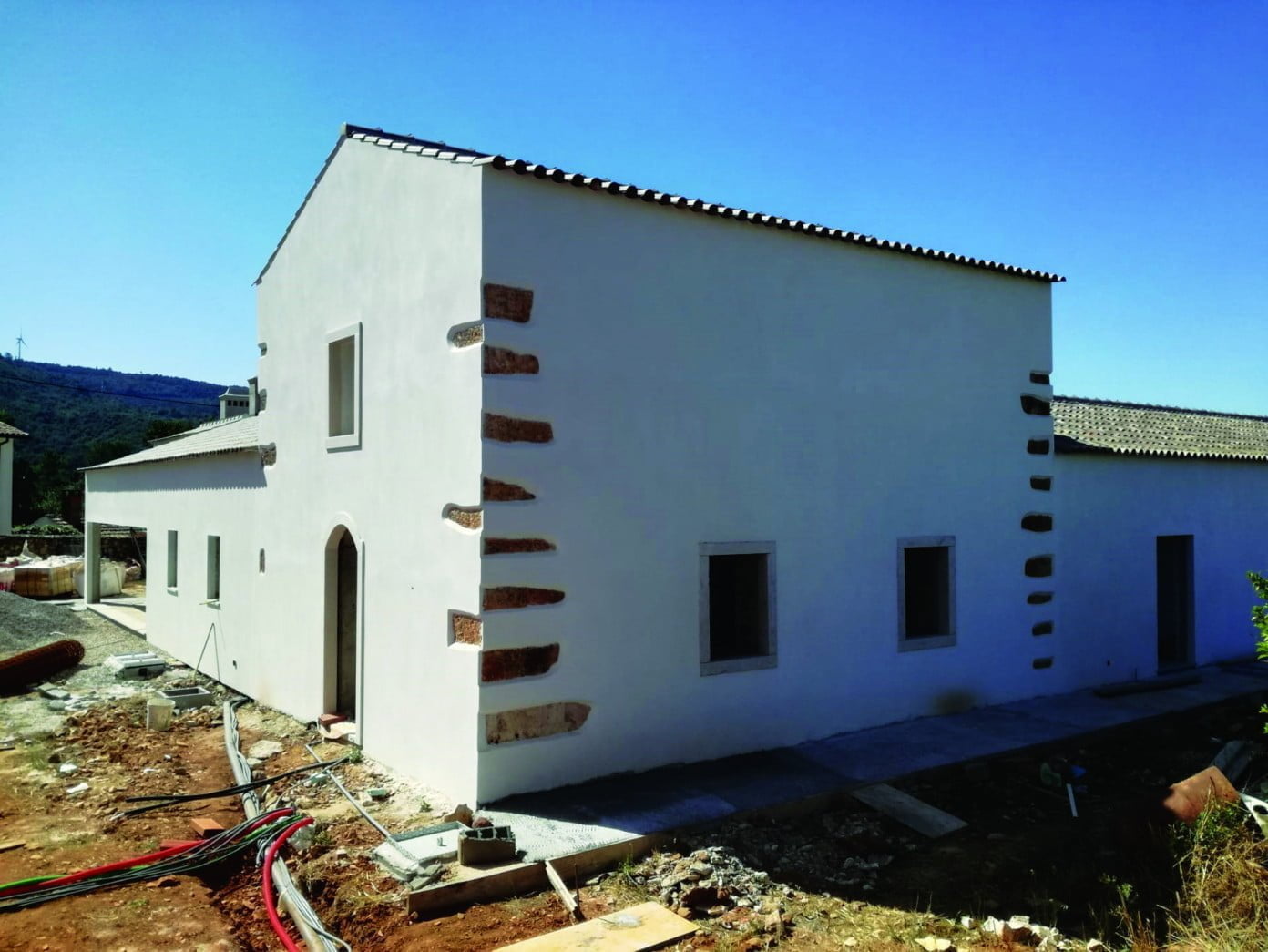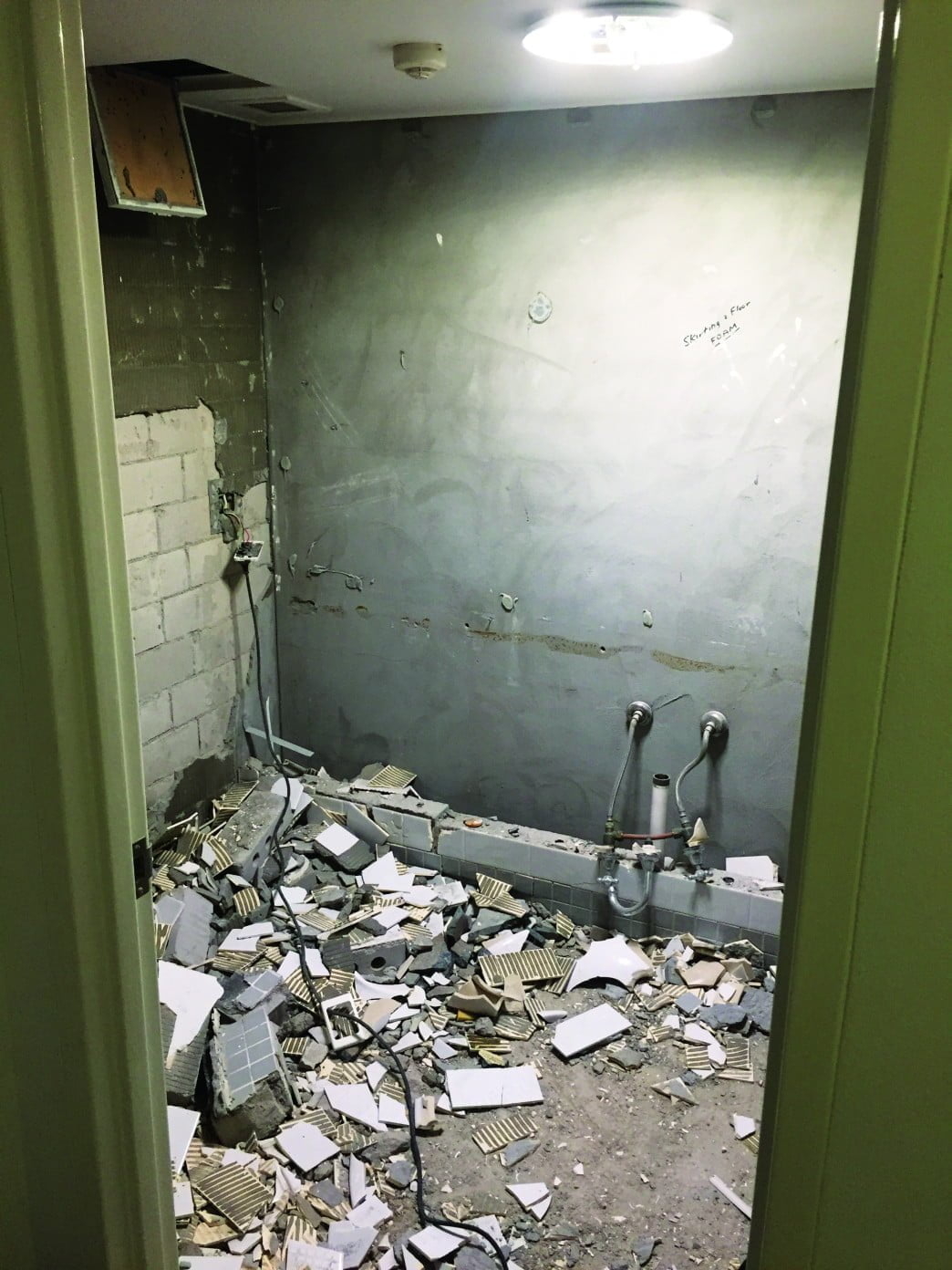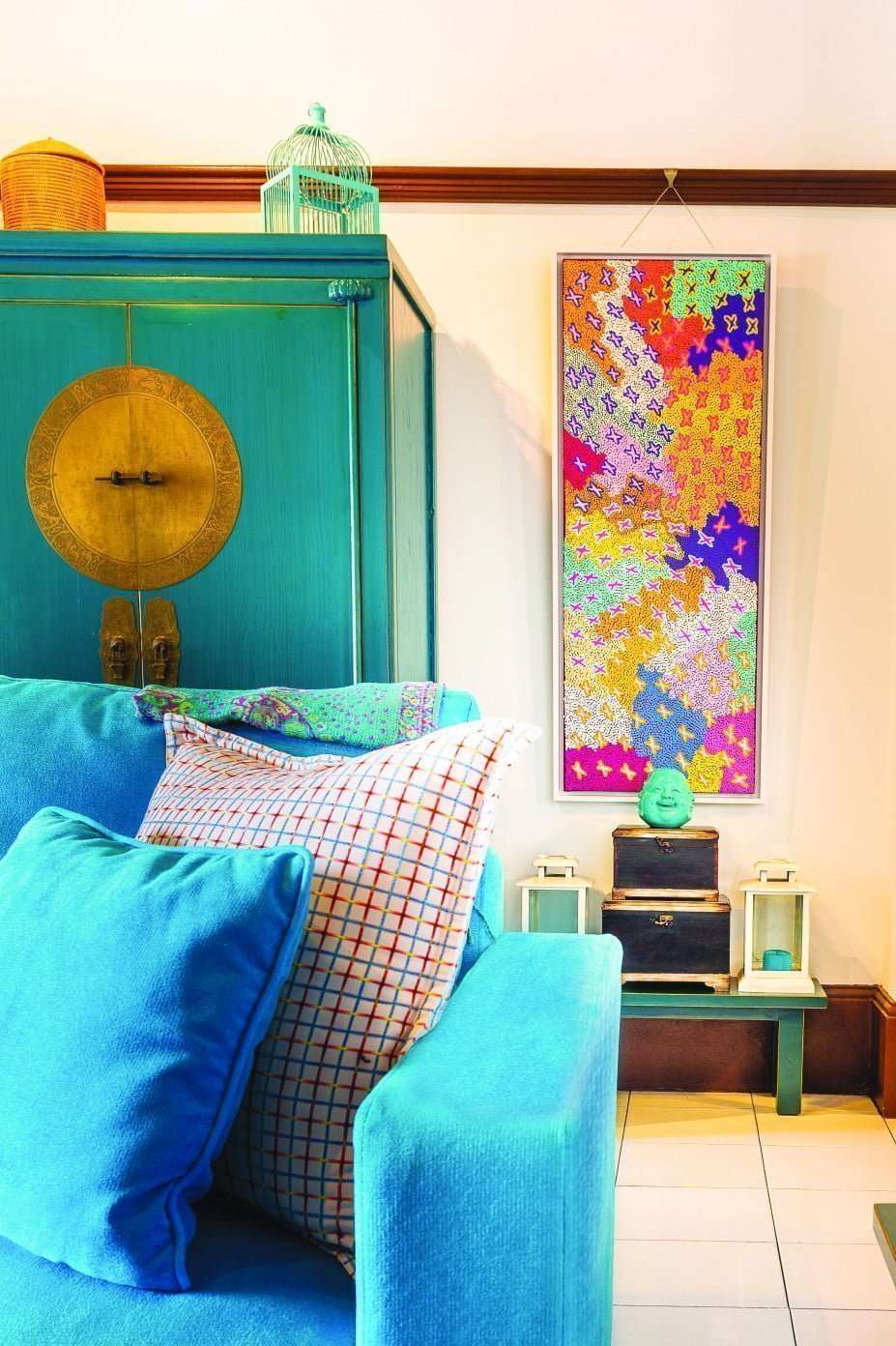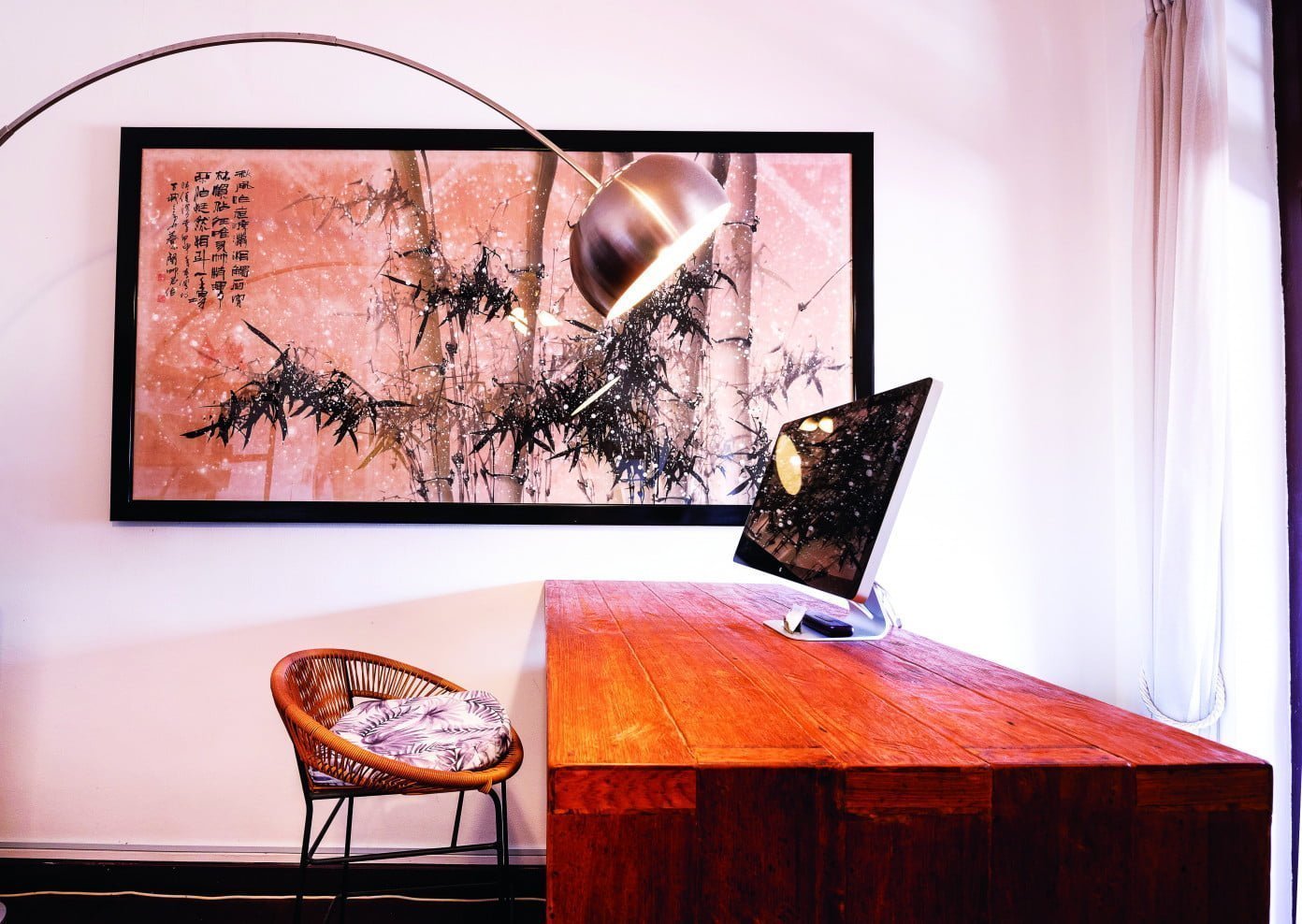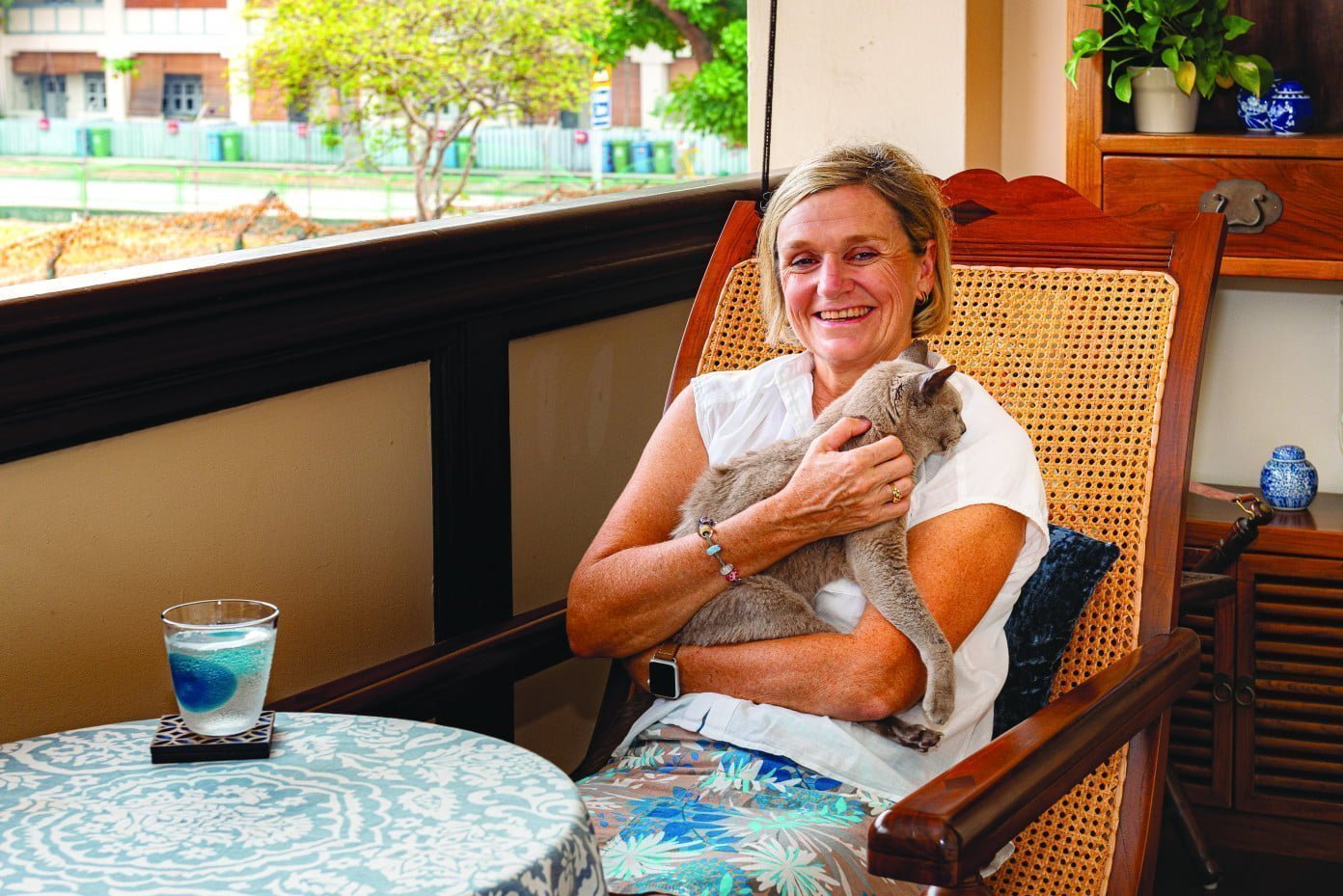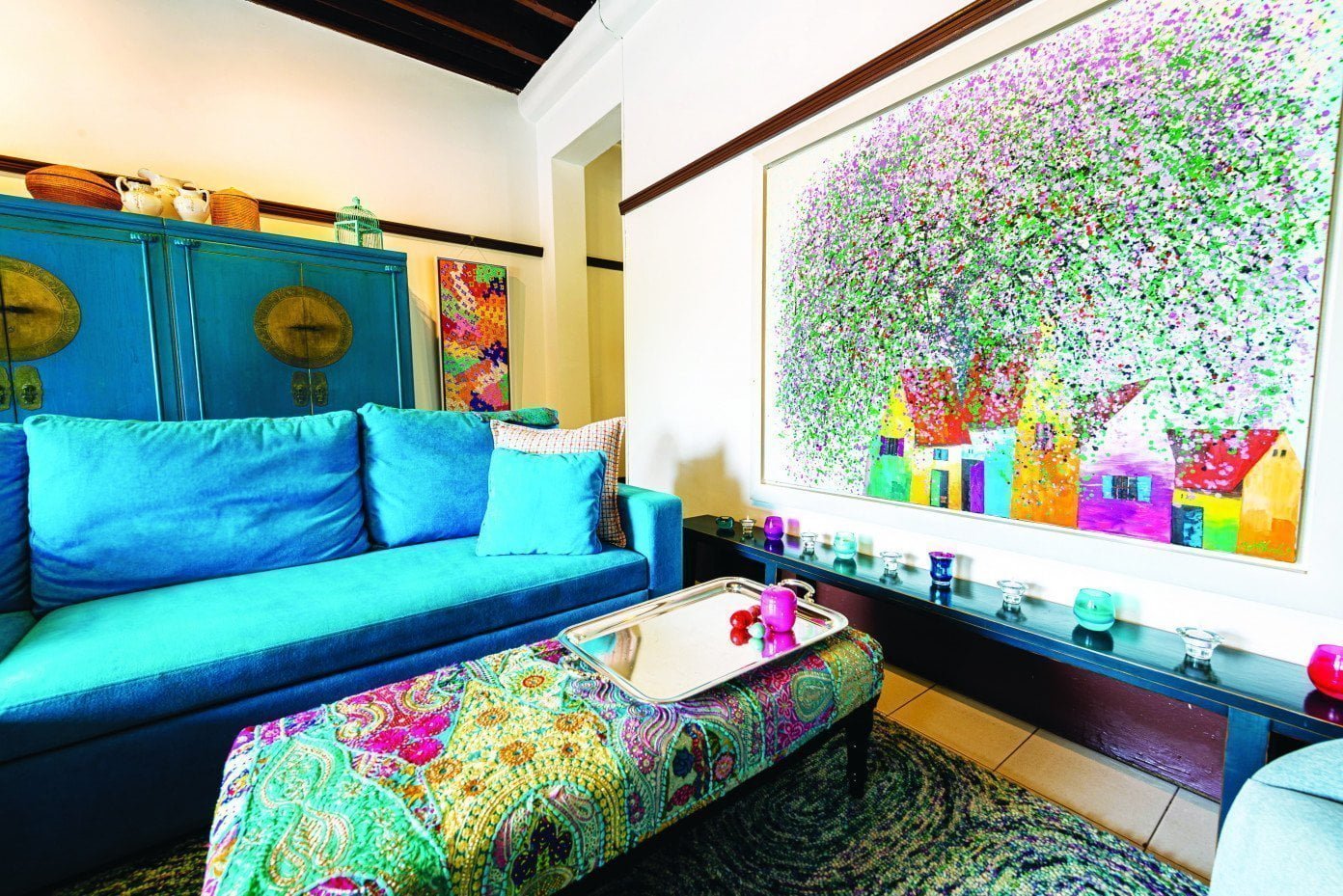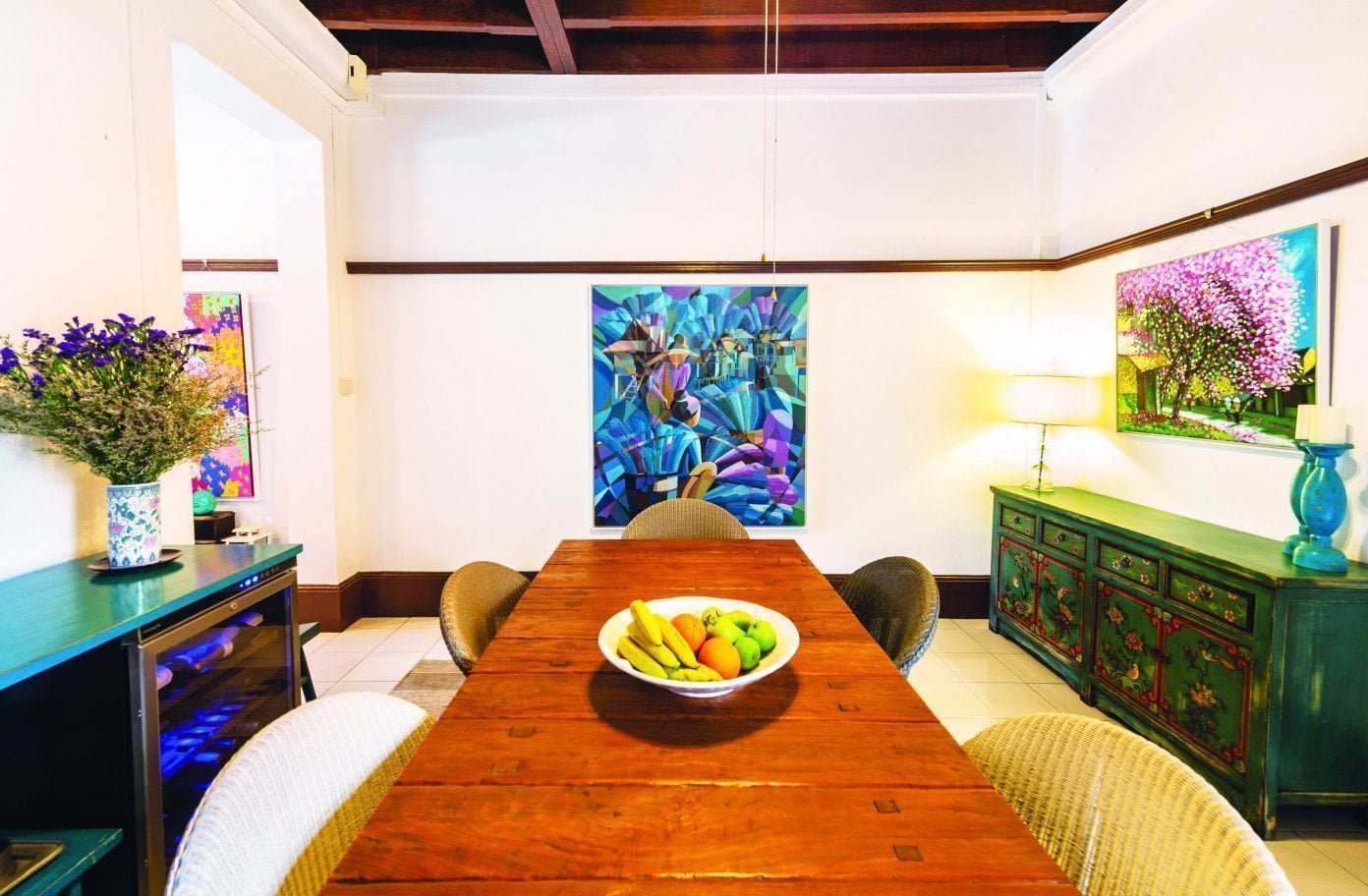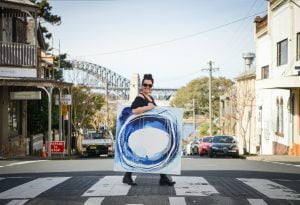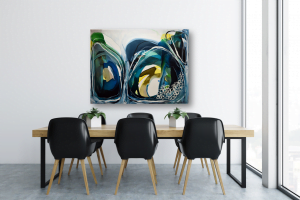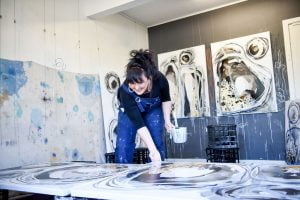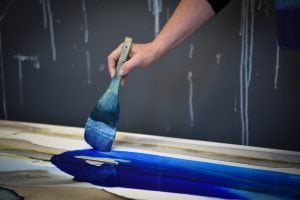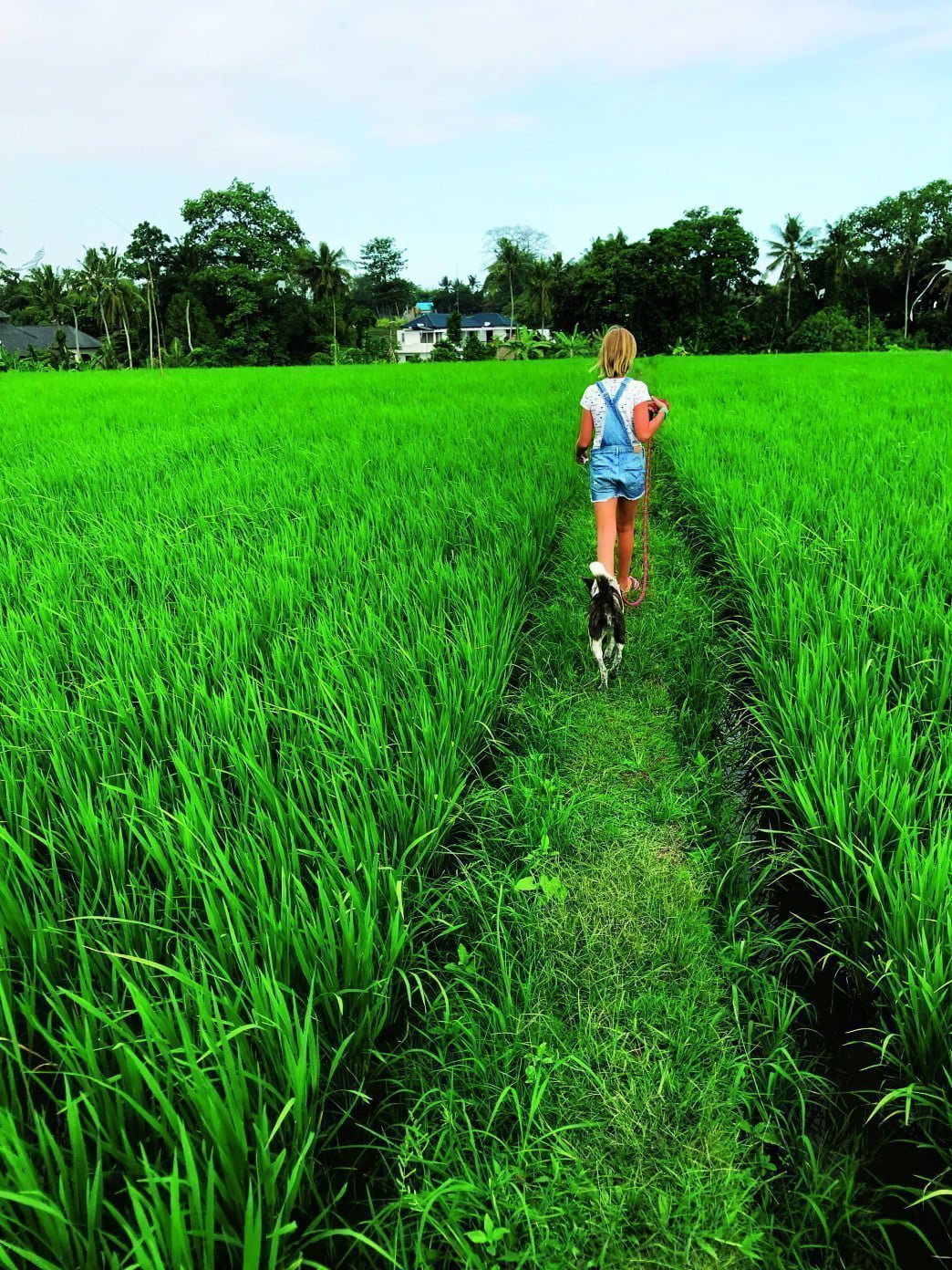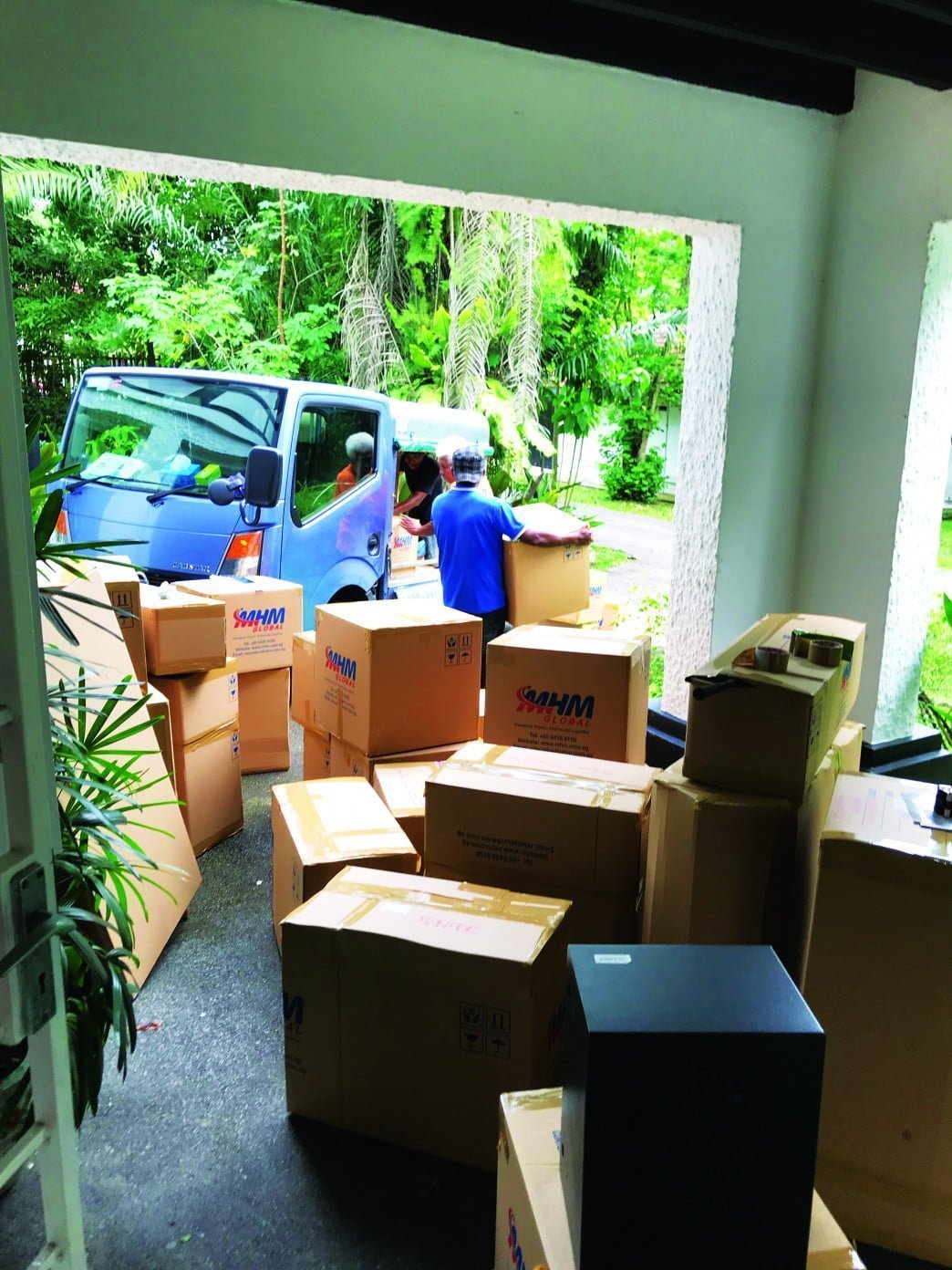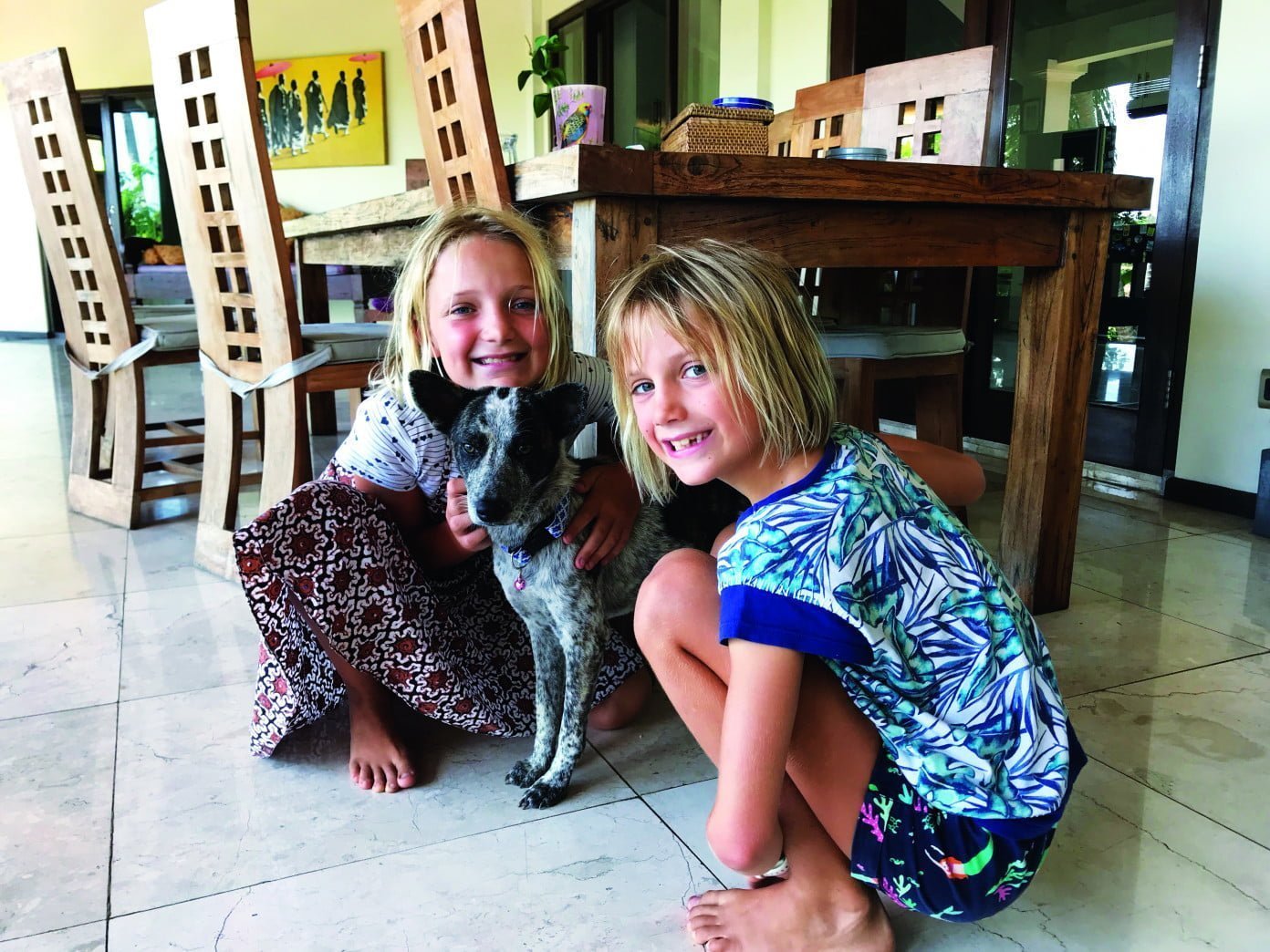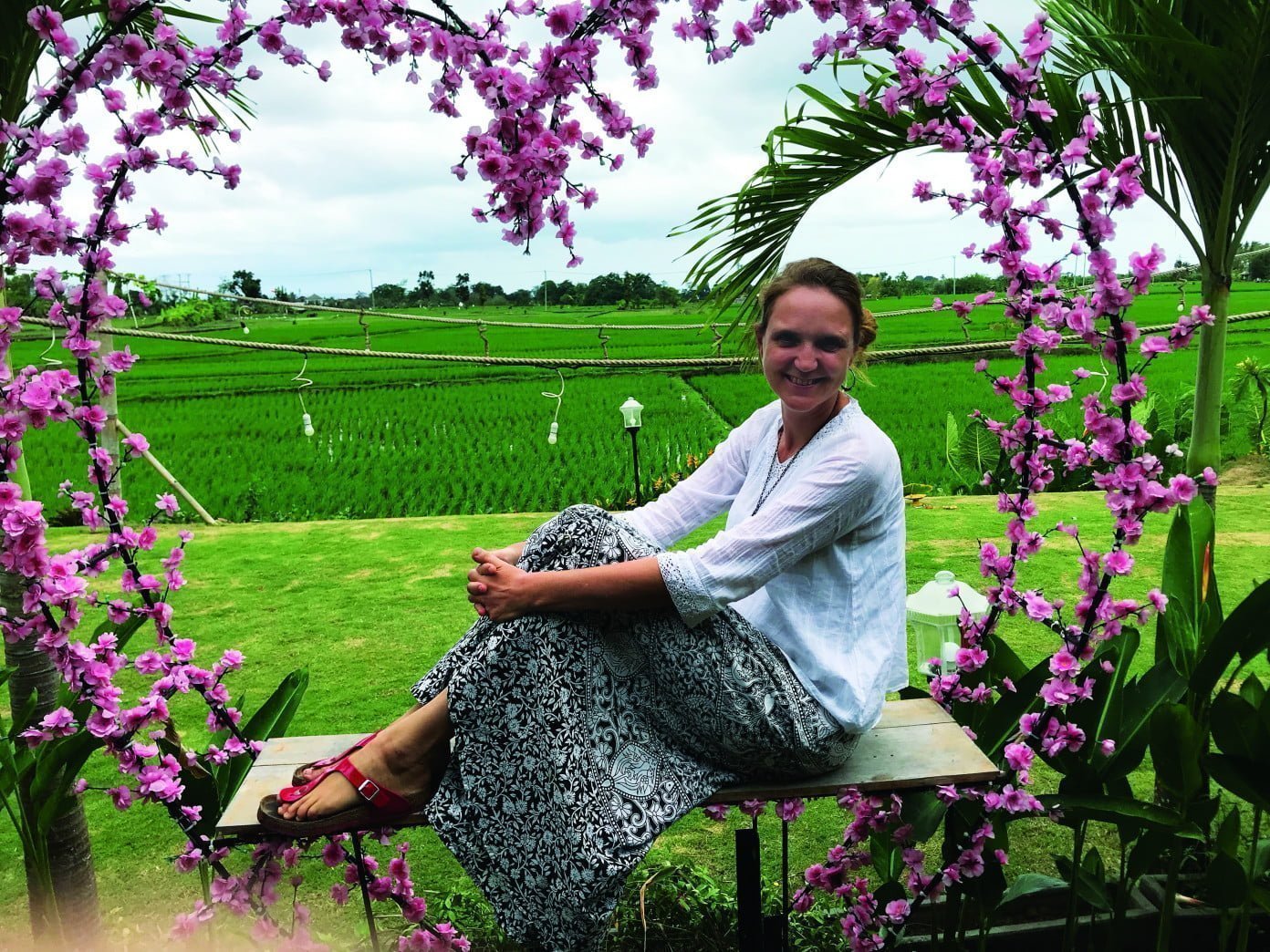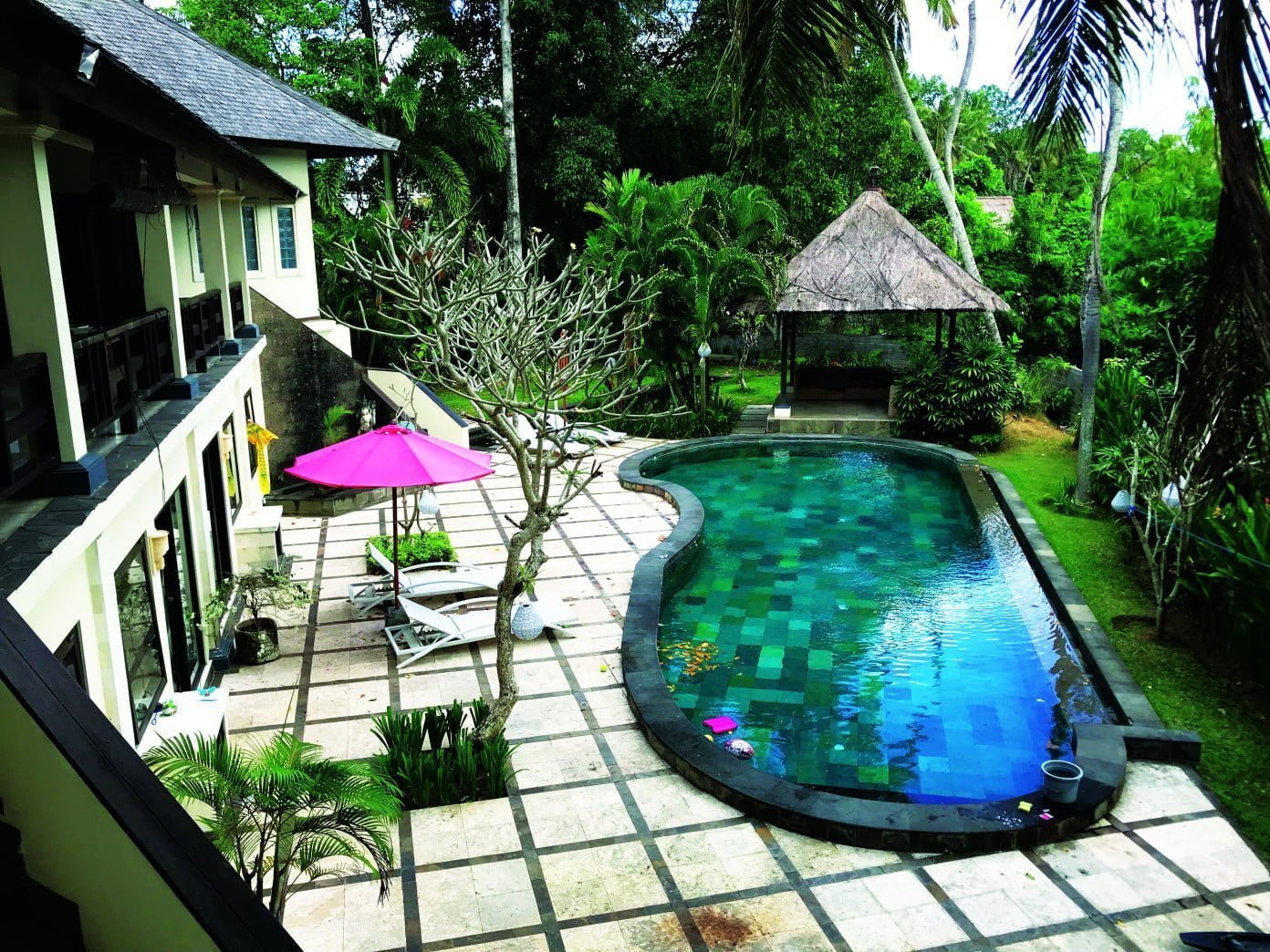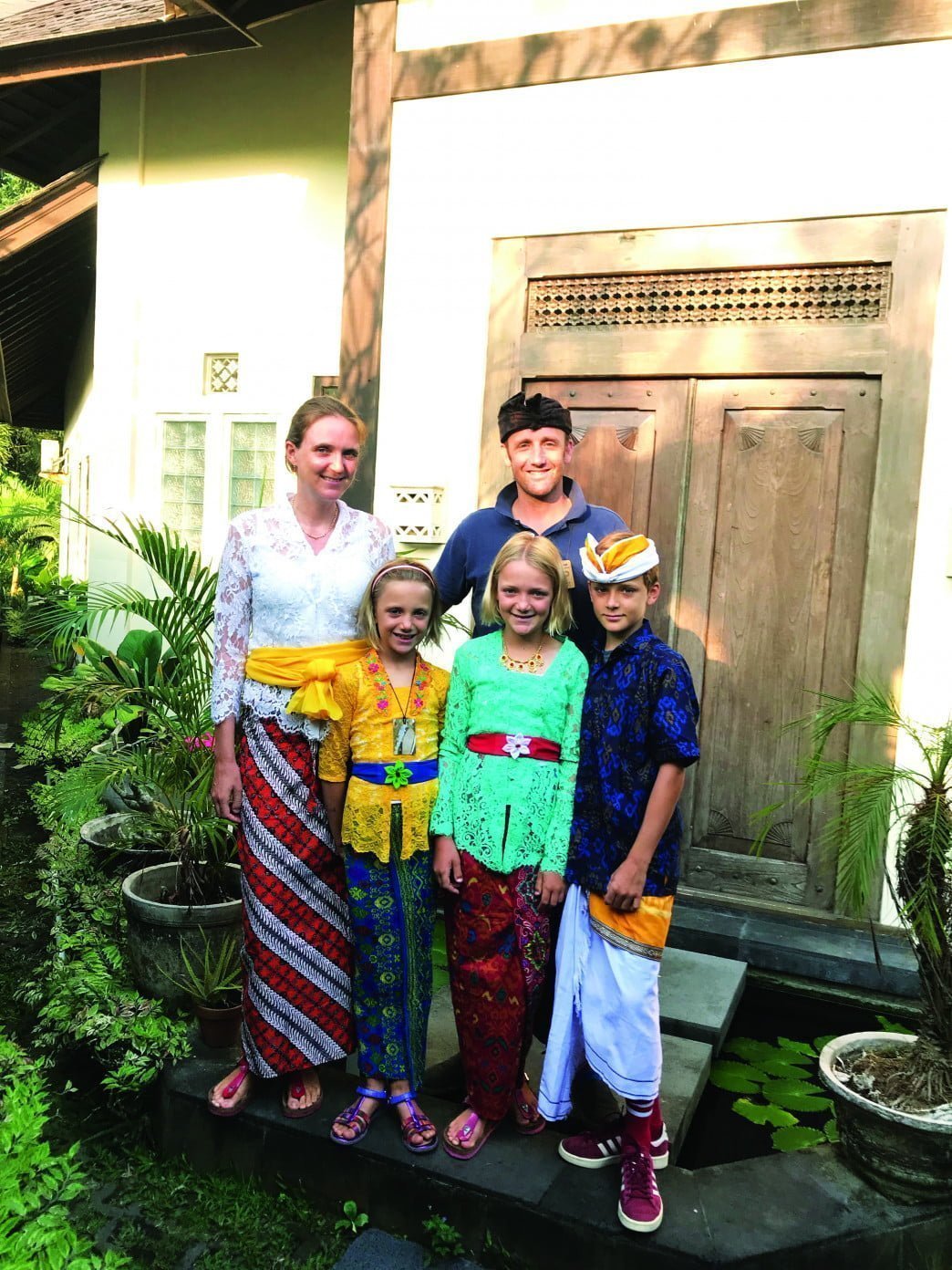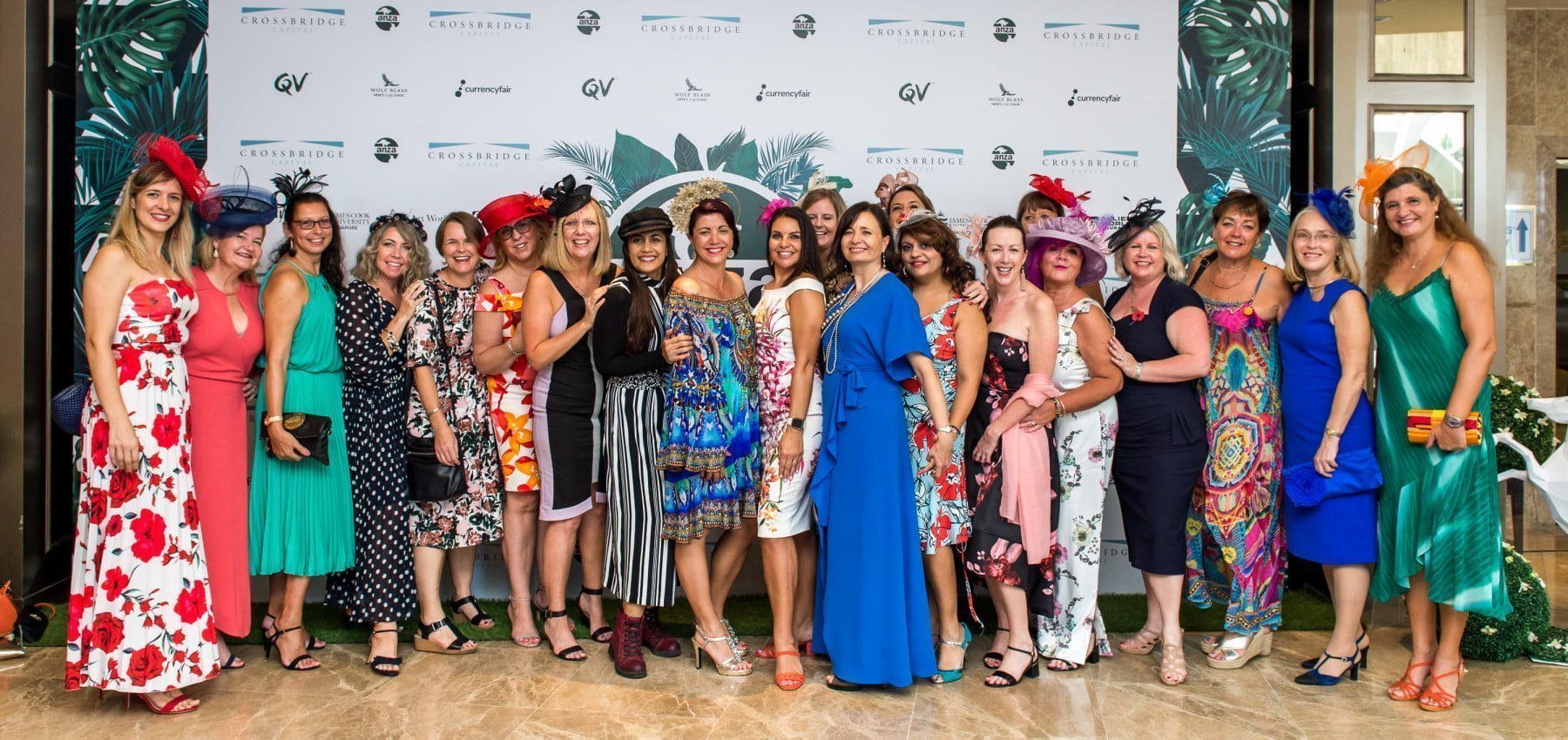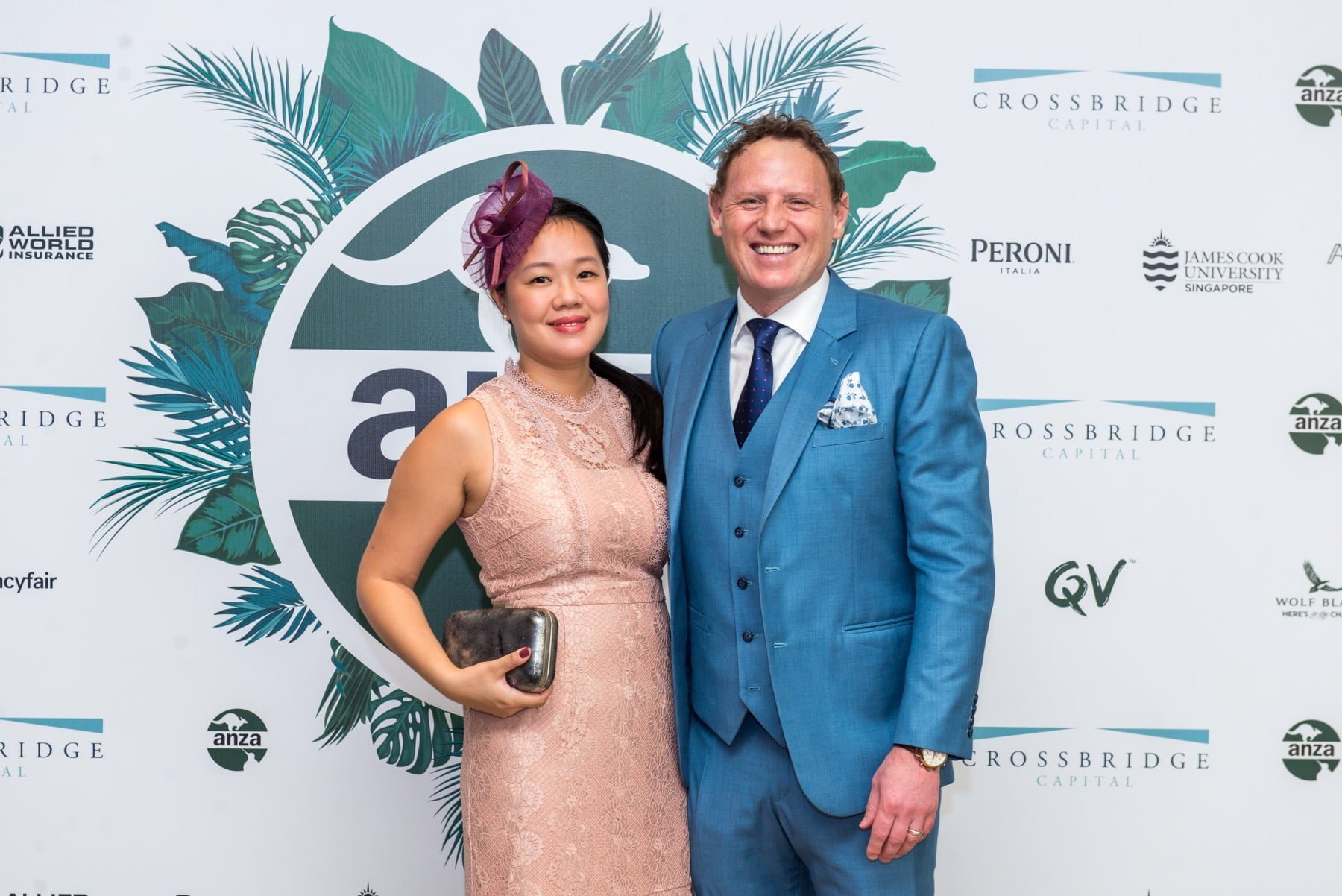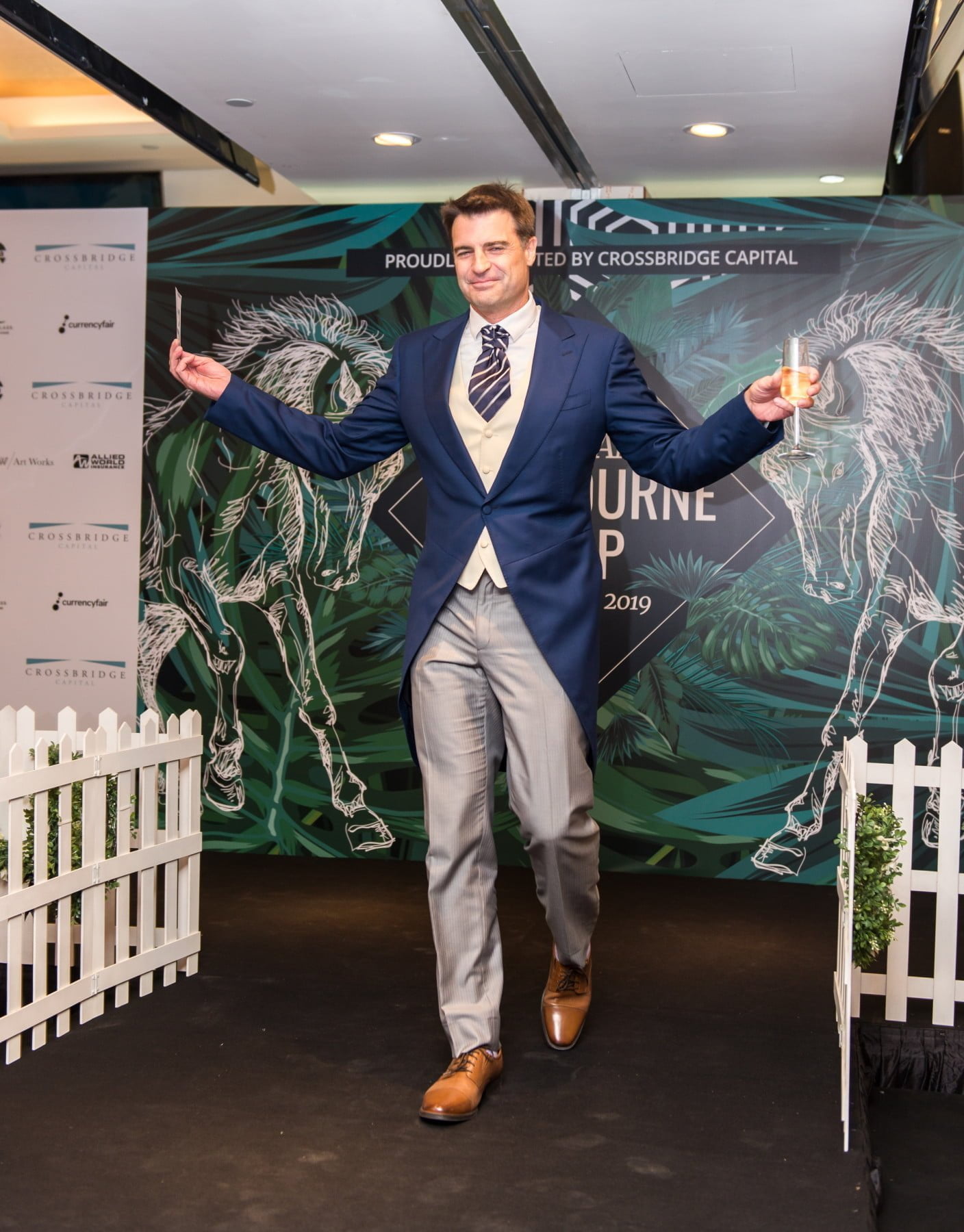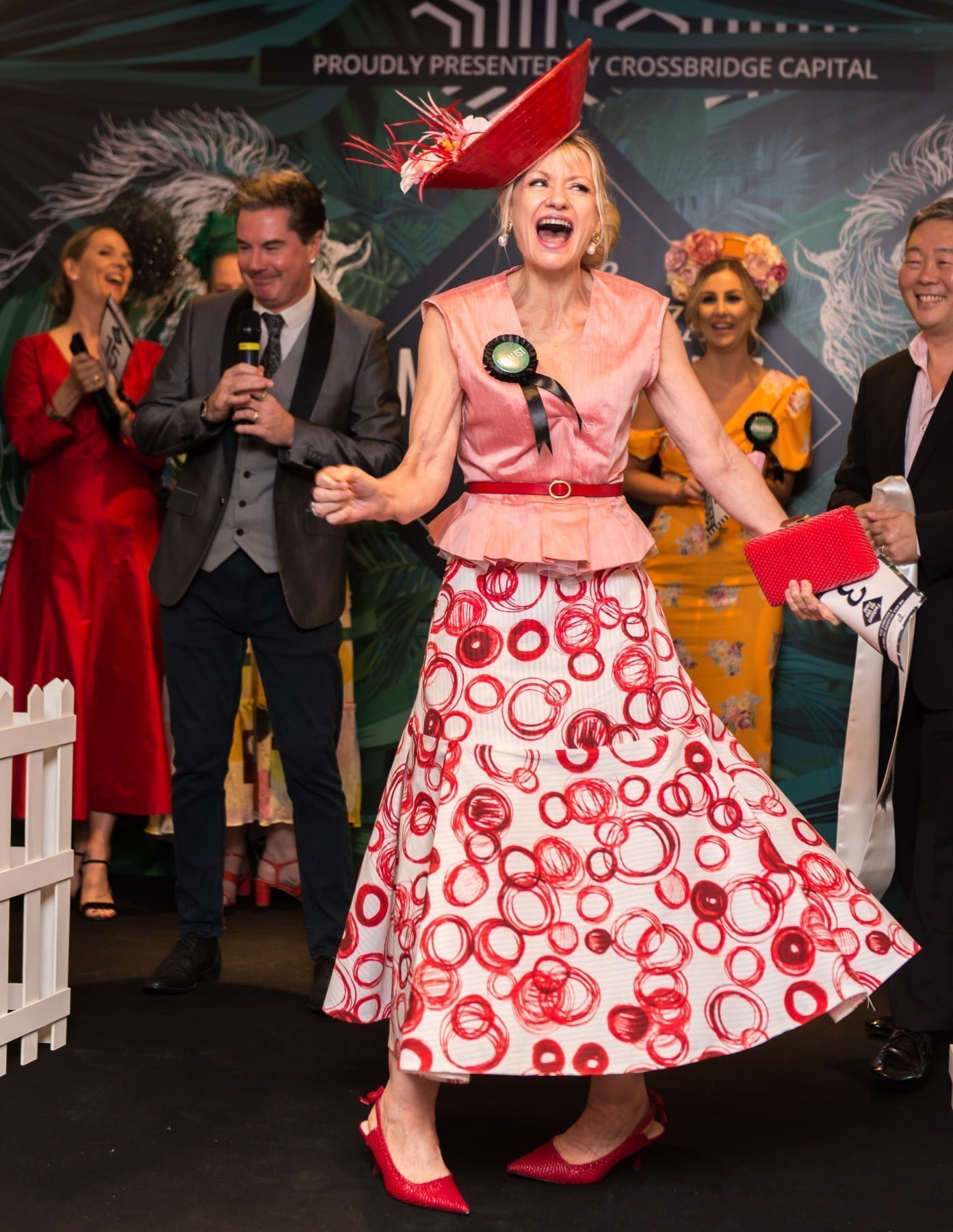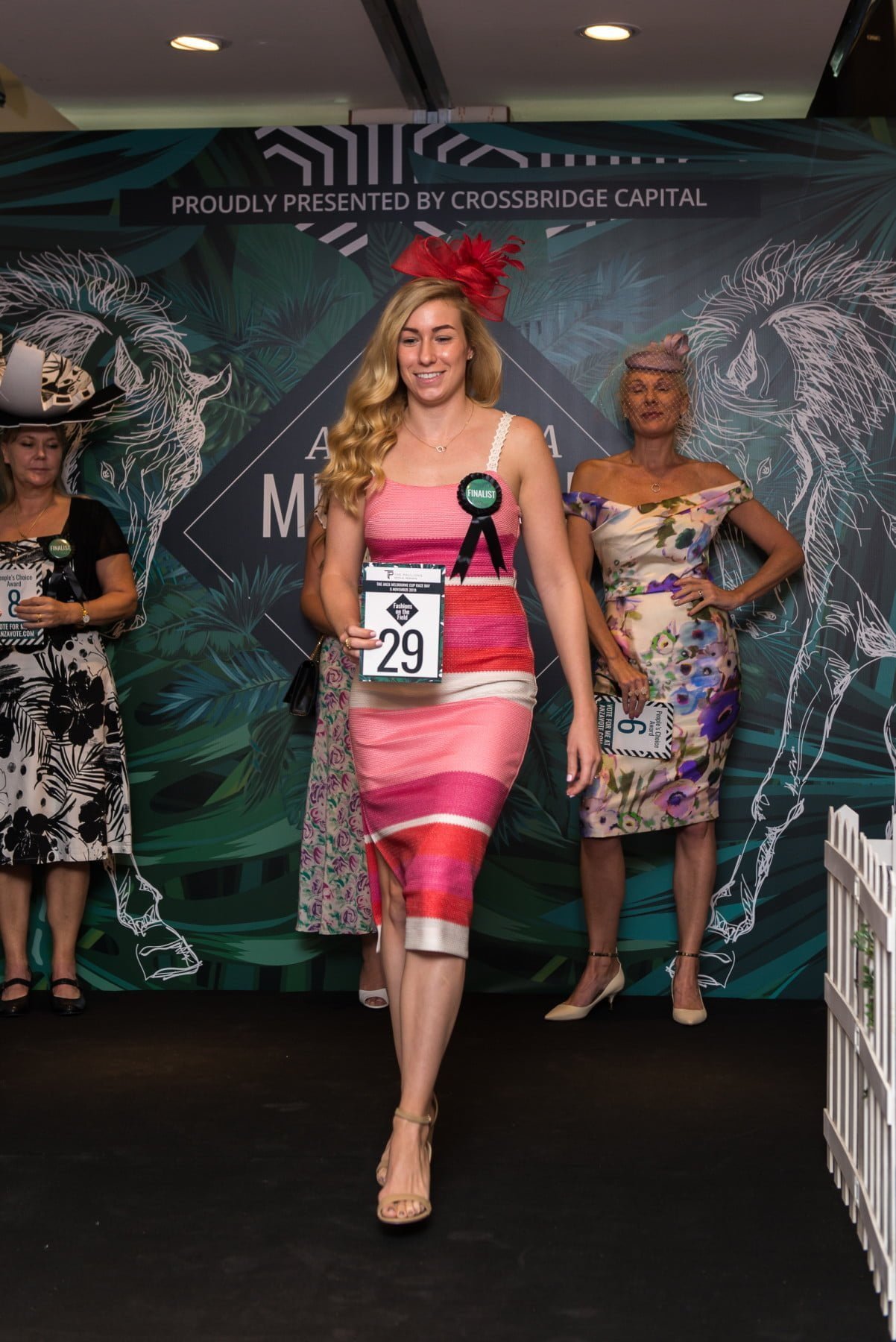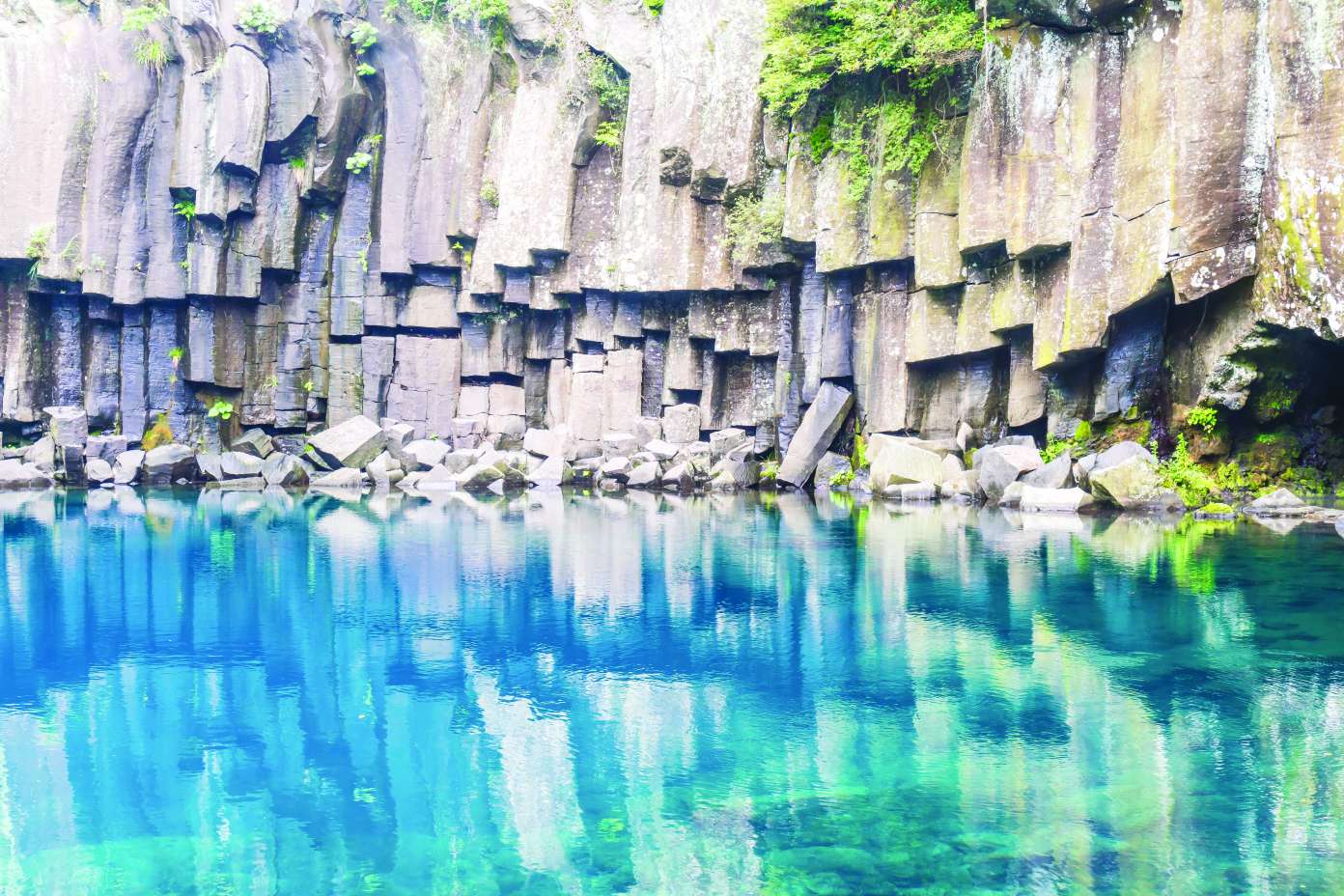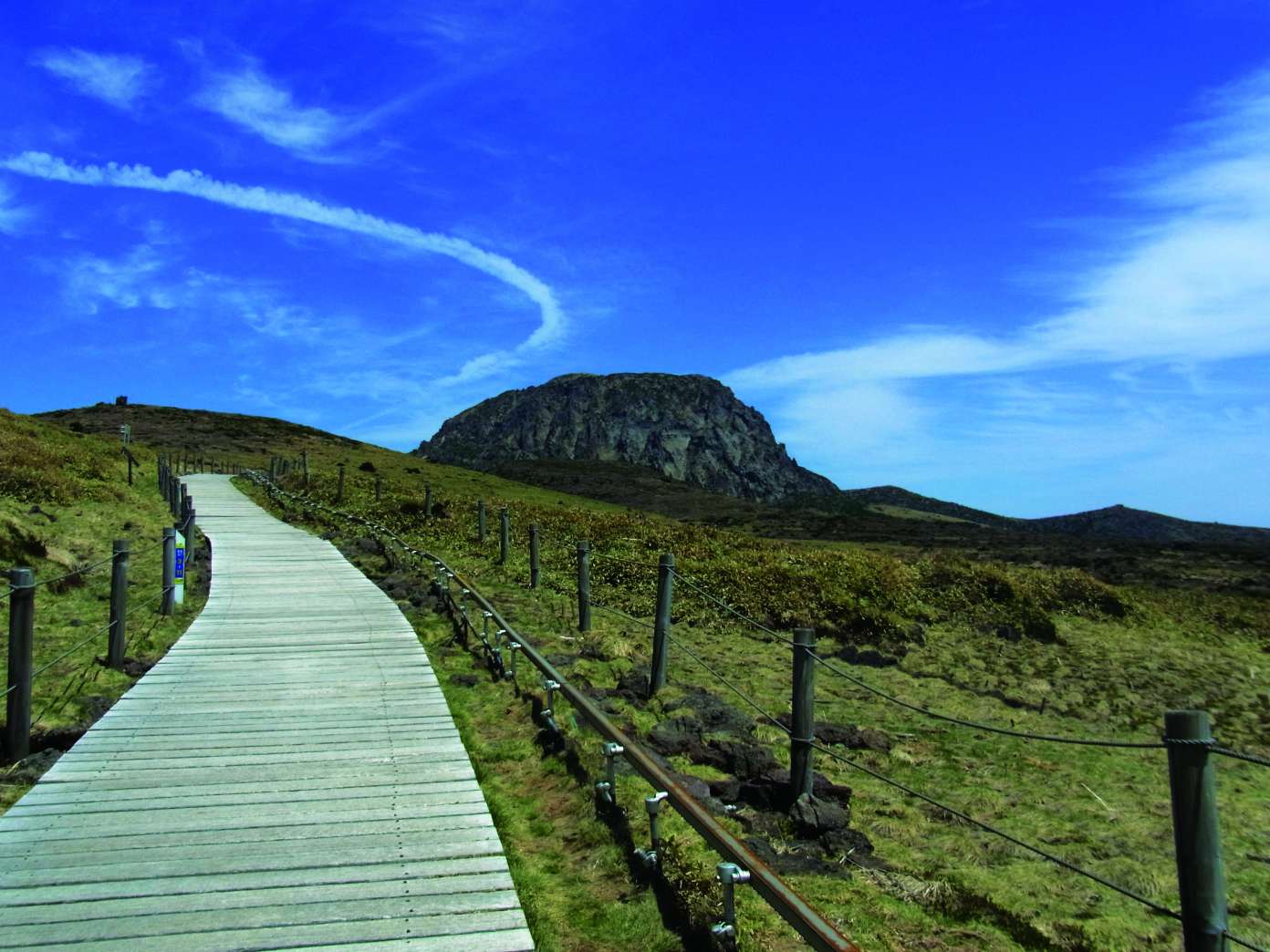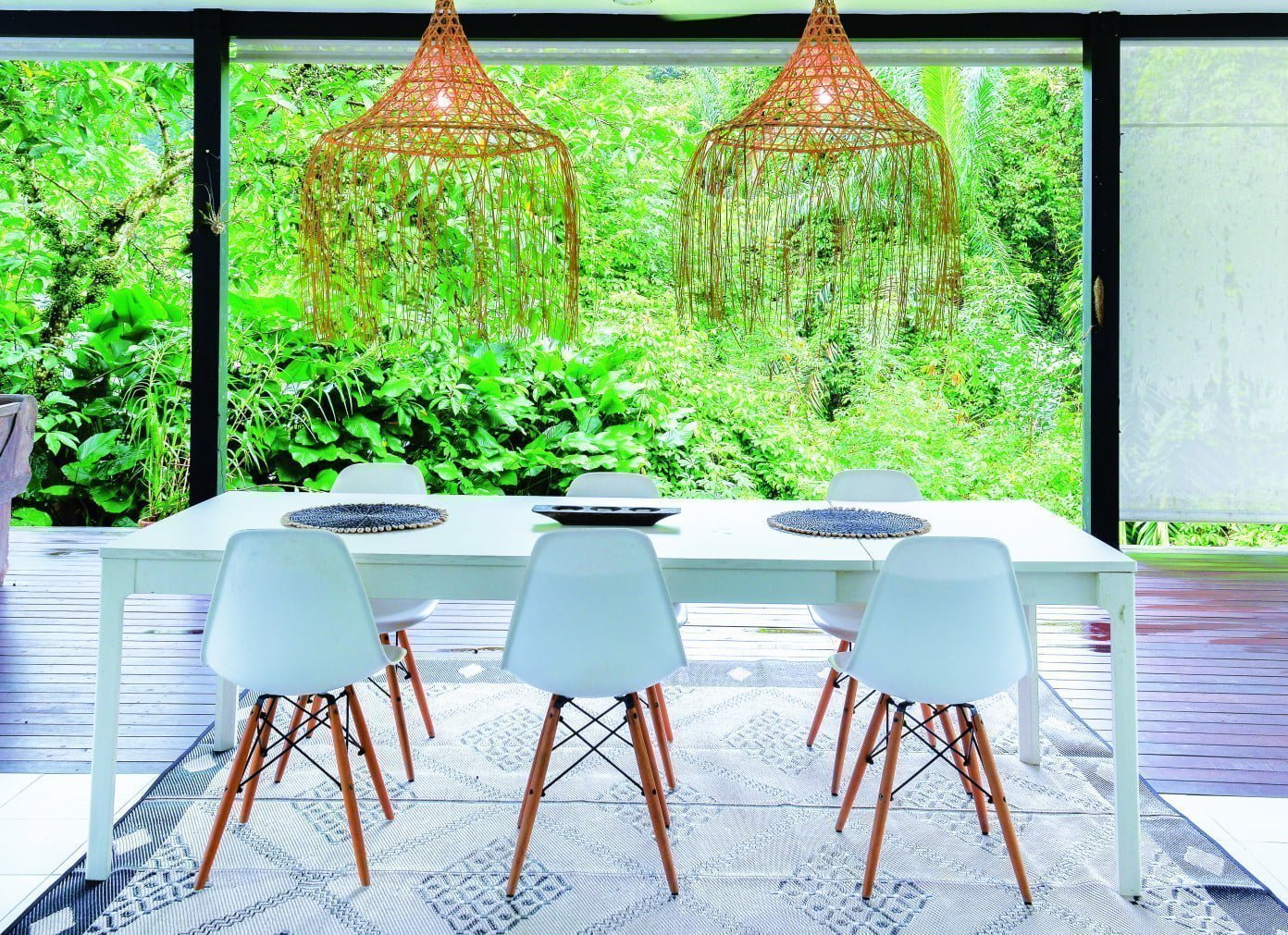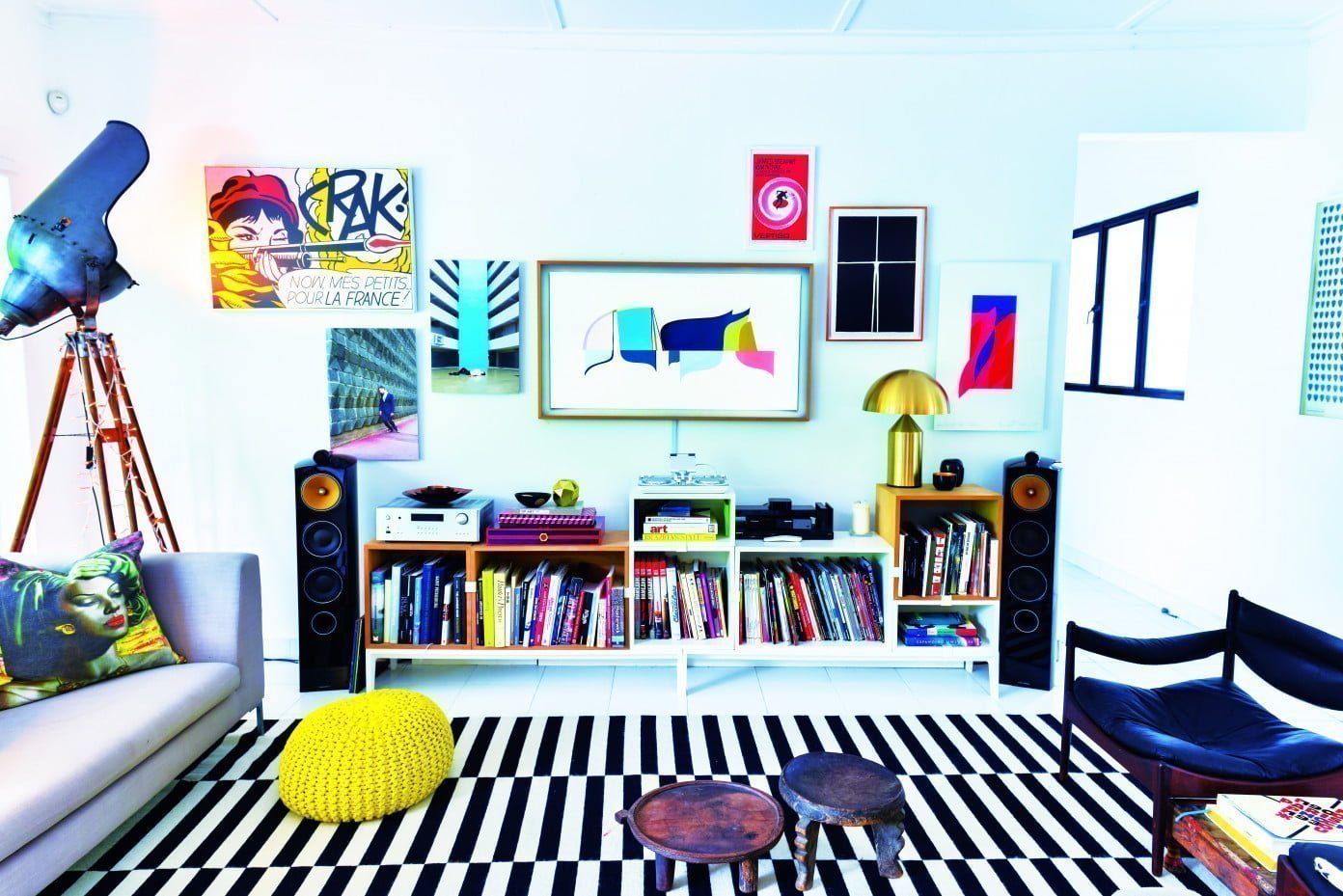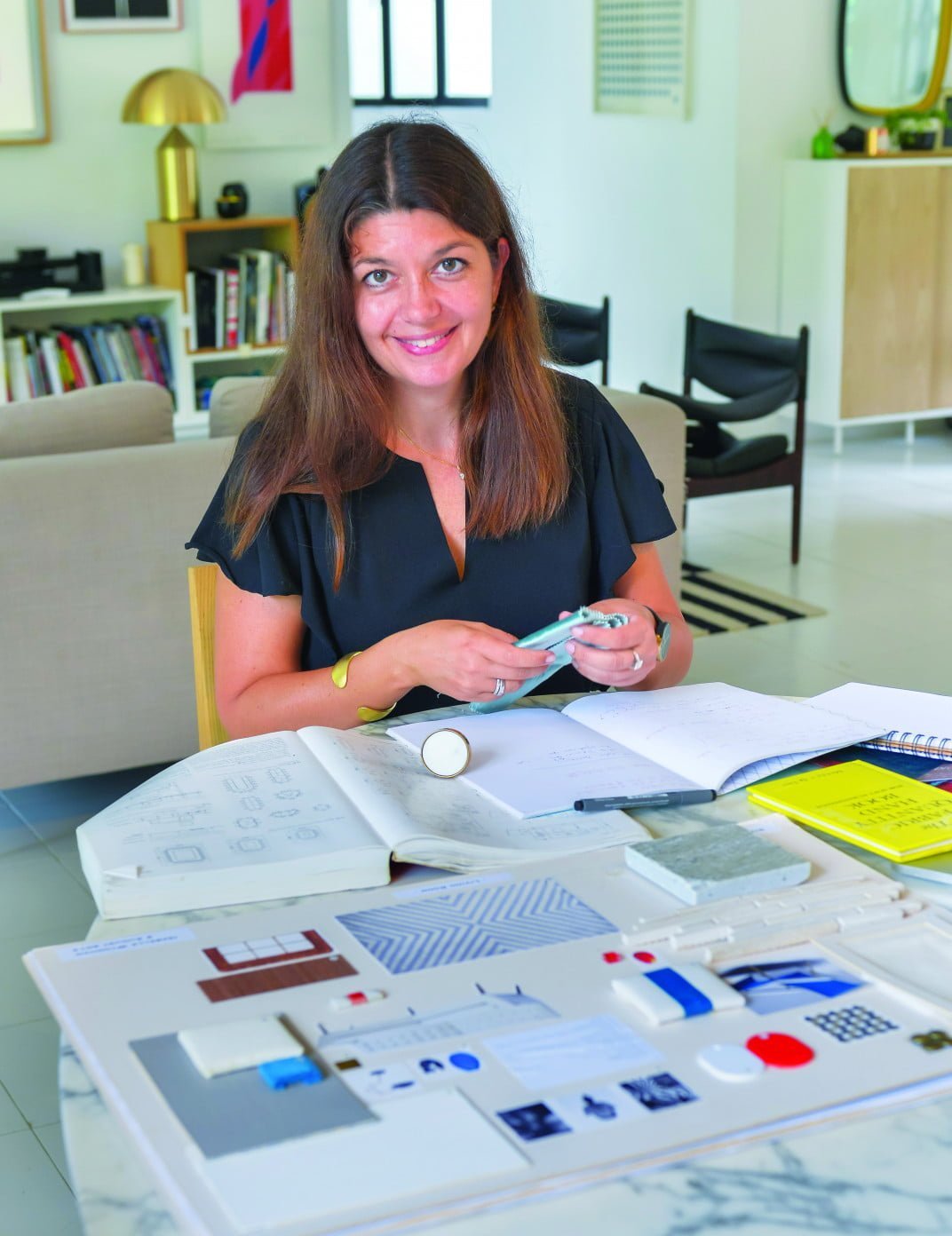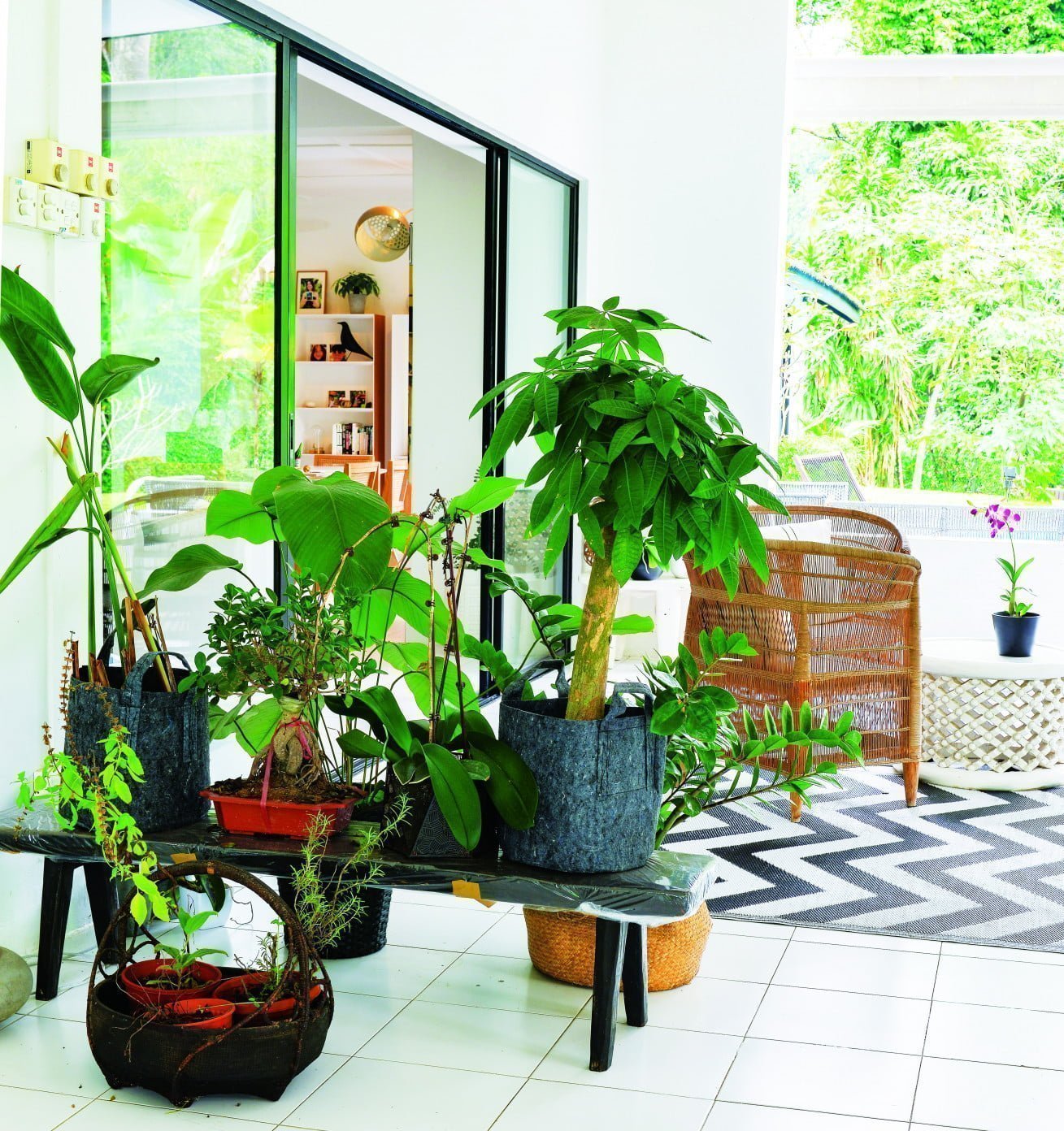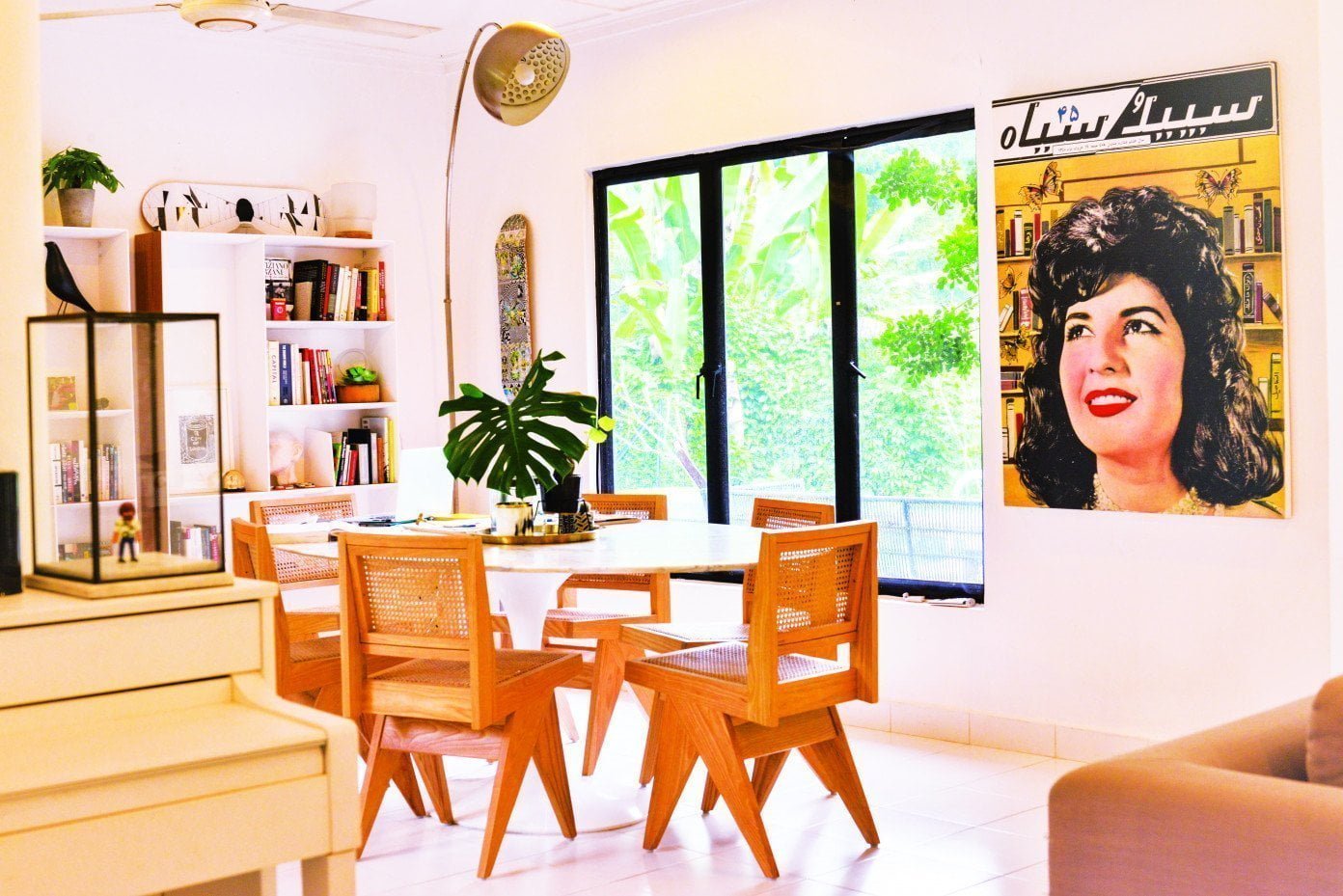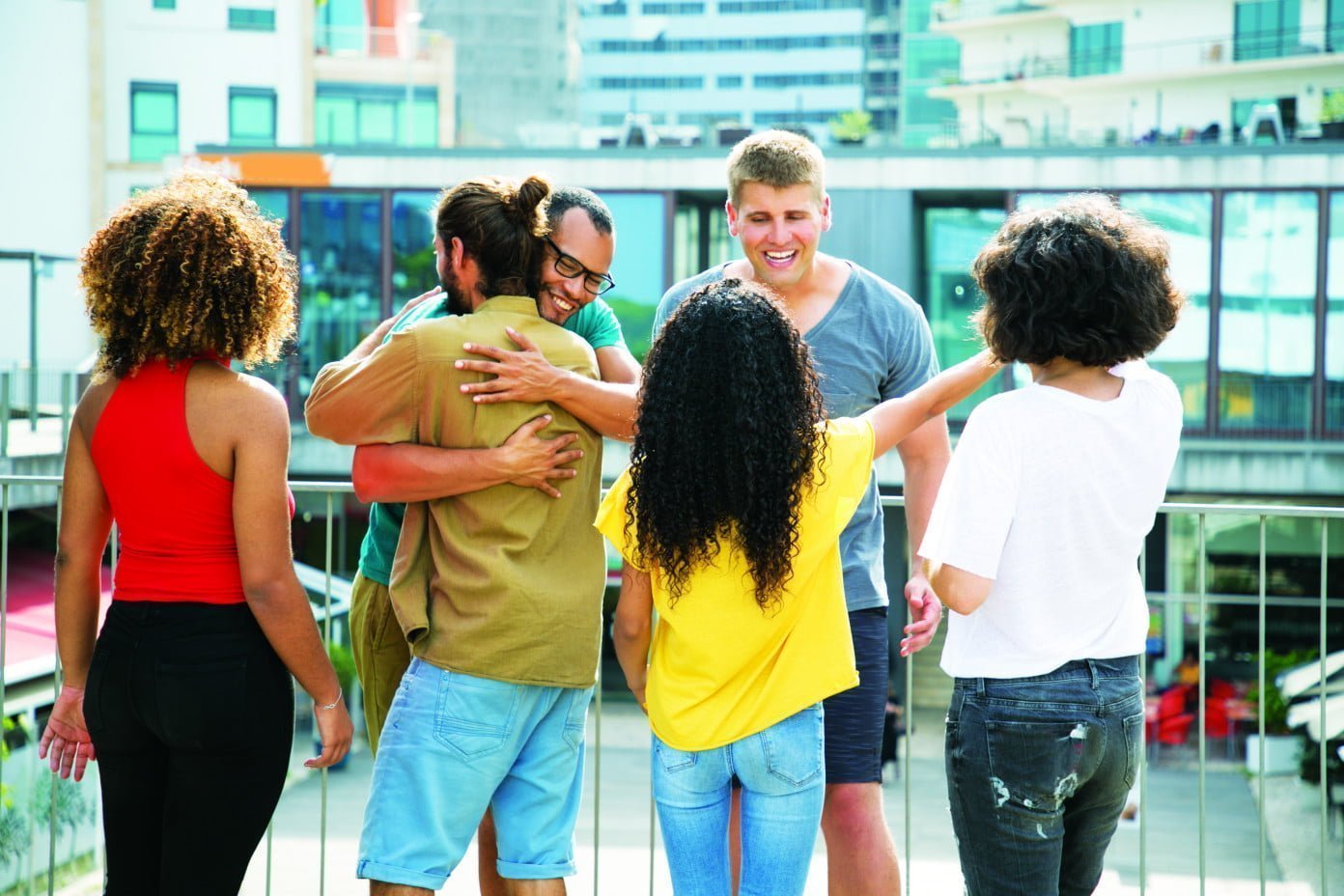
Here we go again. It’s nearly December. The contracts have finished. The farewell parties have begun and, once again, our carefully cultivated group of friends is being torn apart by relocation. It’s painful. It’s tedious, and it’s natural to want to become a hermit until this revolving door of friendships finally stops turning. According to a survey conducted by Aetna International, the loss of a stable support network is one of the top three ‘pressure points’ for expats and can be a major contributing factor in depression within expat communities. Therefore, as tiresome as the process may be, it’s imperative that you take conscious and constant steps to rebuild your friendship circles and social networks. The first step is to deal most effectively with the grieving and goodbyes.
Dealing With Farewells
Stiff upper lip, she’ll be right: we all know the phrases that imply that, if you’re feeling low, it’s best to just toughen up and get on with life. But, if you’re dealing with another sad goodbye, it’s perfectly natural to experience a low mood and/or low energy. Allow yourself the freedom to feel what you feel.* Furthermore, it’s okay if you want to retreat for a while and give yourself time to recalibrate, just don’t make the break indefinite. Set a timeframe (i.e: I’m going to lie low ‘til Easter; I’m giving myself six months to withdraw) and, ideally, get a family member or friend to hold you accountable. By creating a finite period for personal retreat, you’ll be better able to make the most of this rest time and you won’t wallow longer than is healthy for you.
Once your ‘retreat period’ is over, it’s vital you take bold steps to rebuild and reinvigorate your social circles. As emotionally exhausting as it can feel, don’t resist the opportunity to start socialising again – this may be as simple as inviting a new acquaintance for drinks, or reconnecting with familiar neighbours.
*If your low mood continues or deepens, you become unable to feel joy or happiness, or you develop anxiety or harmful thoughts, please seek help from
a trusted medical practitioner. You are precious and deserve to be both happy
and healthy.
Preparing For Social Disruption:
In addition to allowing yourself a healthy grieving process, there are everyday steps you can take to mitigate the painful disruption of departing friends. One important practice is to remain open to new friendships, all the time.
Sure, life may often be too ‘full’ for additional close friendships, but it can be incredibly valuable in the long-term to nurture acquaintances. Meet your neighbours, reach out to newbies, make an effort to extend beyond your familiar social circles. Pay particular attention to the people who make you feel good, even if you only see them sporadically. In time, as the social scene changes around you, you may find these casual connections are ready to develop into closer friendships.
It’s also important to acknowledge the value of ‘local’ friendships. Studies show that expats who socialise with hometown locals tend to settle easier and enjoy greater long-term wellbeing. Whenever you can, make an effort to cultivate friendships with Singaporeans (and other permanent residents) and enjoy the relative stability of these non-transient connections.
Knowing What You Need
As you set about rebuilding your social connections, it’s wise to become more cognisant of your (ever-changing) friendship needs. In other words, be conscious of the type of friendship you are ready for and allow your social circles to evolve accordingly. If you’re grieving the farewell of a very close connection, you may not feel like being totally vulnerable and developing that kind of closeness immediately. Instead, you may benefit from more surface-level social connections. If you’ve been feeling isolated, it may be time to open yourself up for a close “bestie-type” relationship. There’s no need for judgement around the type of friendship you (or others) need at this time. The vital thing is to be honest with yourself. When your needs change – allow your social circles to naturally evolve to accommodate them.
Being There In Support
Splintered social circles and sad goodbyes are a ubiquitous and unavoidable facet of expat life. You can almost guarantee that every expat you see – at the mall, at school, at work, at the gym, at the playgroup – has felt the empty grief of a departing friend. Therefore, it’s our responsibility to be there for each other. If someone in your wider circle is losing a friend, reach out; make yourself available for a catch-up; help create an environment of nurturing, compassion and support. A friendship may, or may not, bloom out of the interaction but – more importantly – you will have helped someone stay afloat through our shared experience of ‘revolving door’ friendships.
Kim Forrester is a holistic wellbeing author, consultant and educator. kimforrester.net
Would you like to contribute to our Life and Culture section? Contribute your thoughts on any aspect of life in Singapore by emailing your idea to editor@anza.org.sg


